If you are considering using chalk paint on your cabinets, this is a must-read. Don’t make my mistake! Learn from why I repainted my chalk-painted cabinets.

When we first moved into our home, I painted our kitchen cabinets with chalk paint. This is what they looked like before (the first time I painted them):
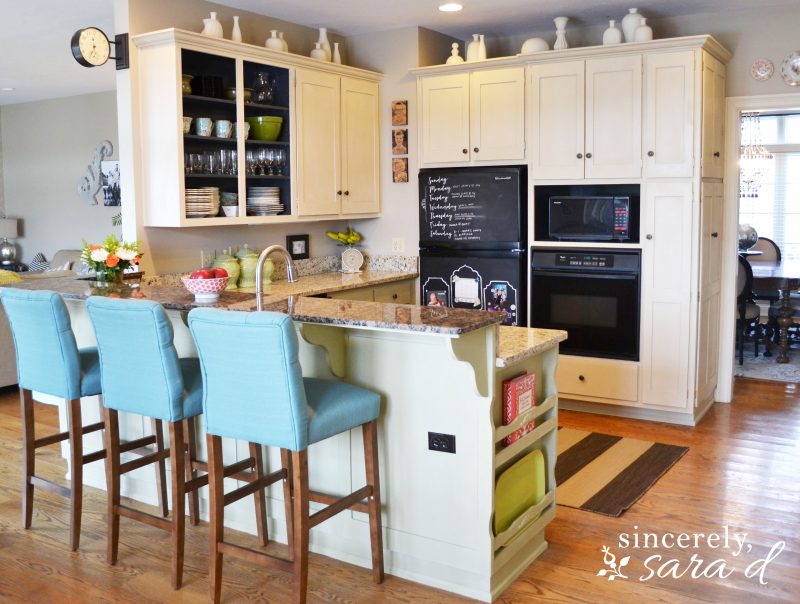
And here is a photo of how our kitchen cabinets originally looked when we first moved into our home:

Why I Repainted our Chalk Painted Cabinets
The chalk paint itself has held up really well. There was little to no chipping. Chalk paint is amazing for DIY projects because it requires no prep work and eliminates the need for priming.
However, I made one mistake. Unfortunately, it was a big mistake – so big that I had to repaint the cabinets.

I used wax as my sealer.

It is hard to see in photos, but the clear wax was next to impossible to clean in the kitchen. Dirt, grease, dust, and grime were getting caught in the crevices, and the wax did not clean up easily.


I had to repaint my cabinets.

I used chalk-type paint again, and I painted right over the previously painted cabinets sealed with wax. I would recommend using sandpaper and/or a coat (or two) of primer if you paint over cured wax. However, most likely you are not painting over the wax and will not need a primer. To apply the paint, I used a brush for the crevices and a roller for the flat areas.

How to Correctly Seal Chalk-Painted Cabinets
I painted everything with two coats of paint (allowing the first coat to completely dry before I added the second coat) and finished with two coats of sealer. I applied the matte sealer the same way I applied the paint, but you can also use a water-based sealer like a polyacrylic (found at any hardware store).
I have already noticed such a difference between the sealer and the wax. Now when my kids sit at the bar, I don’t have to worry as much. All the dirt they kick up can now be easily wiped away!



If you are considering painting your cabinets with chalk paint, don’t make my mistake (which is why I repainted my chalk-painted cabinets).
Use a top coat other than wax in the kitchen.
I know people often love the look of dark wax to provide that more lived-in, distressed look. However, try antiquing your cabinet doors with a dark glaze so you don’t have to use wax as your sealant.
Here’s my supply list for this project:
- Amy Howard at Home One Step Paint
- Amy Howard at Home Sealer (I used the matte)
- 2.5″ Flat Brush
- Small Foam Roller
- Painters Tape
- Drop Cloth
- Screwdriver (to remove the hardware and hinges)

Did you know you can also apply chalk paint in a sprayer? I HIGHLY recommend this method when painting cabinetry to avoid brush marks and for a smooth finish.
See how my laundry room cabinets turned out by going HERE and for the spraying chalk paint tutorial.
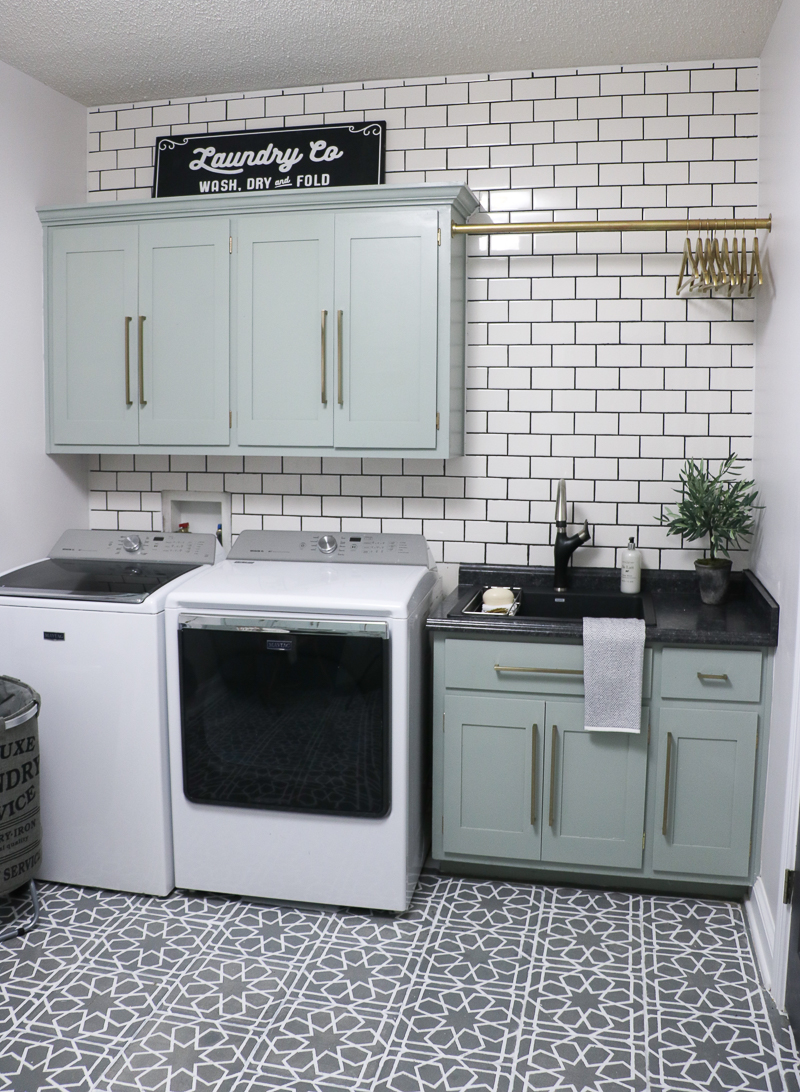
This post was originally published in April of 2016.
Painting our kitchen cabinets helped me love the space until we could remodel it:
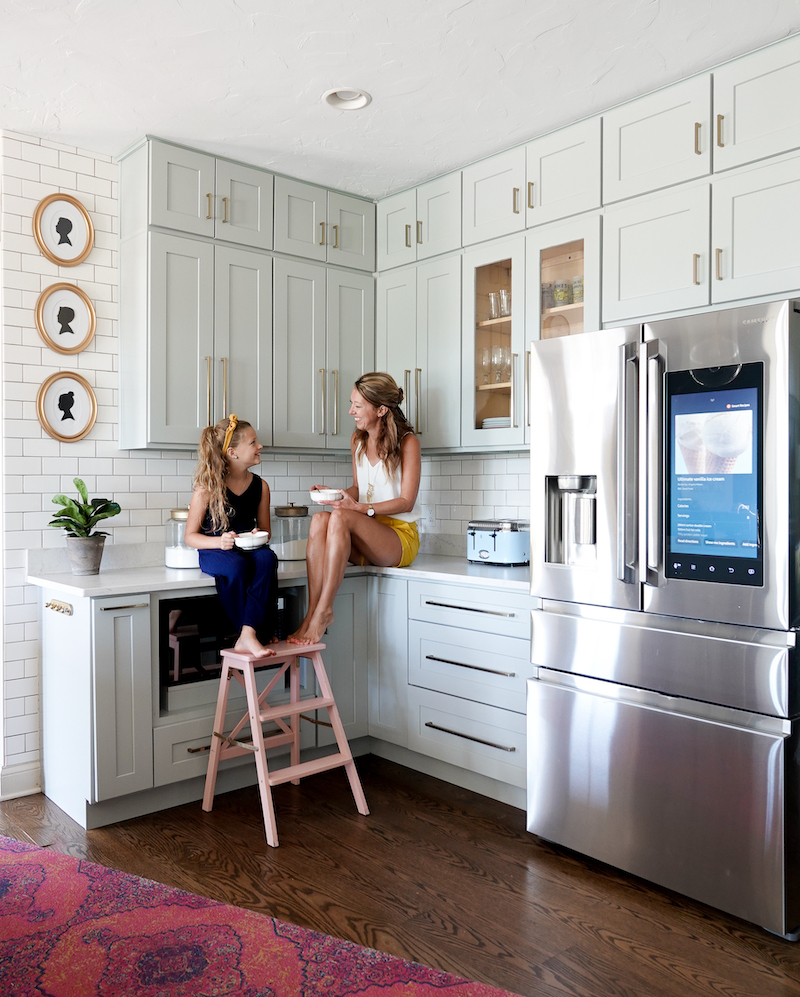
See the full DIY kitchen remodel reveal (and journey) HERE!
Go create something!

Are you new to my blog? Go HERE to see my home tour and HERE to shop for items I use in our home.
Find me on Facebook | Instagram | Twitter | Pinterest
*This post contains affiliate links and is a sponsored post by Amy Howard at Home. I take pride in reviewing only products that fit my brand and will be beneficial to my readers. And while this post is sponsored, all the opinions are my own.

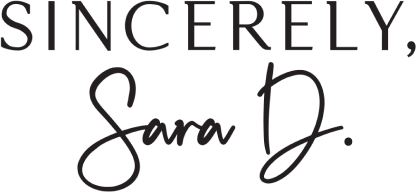
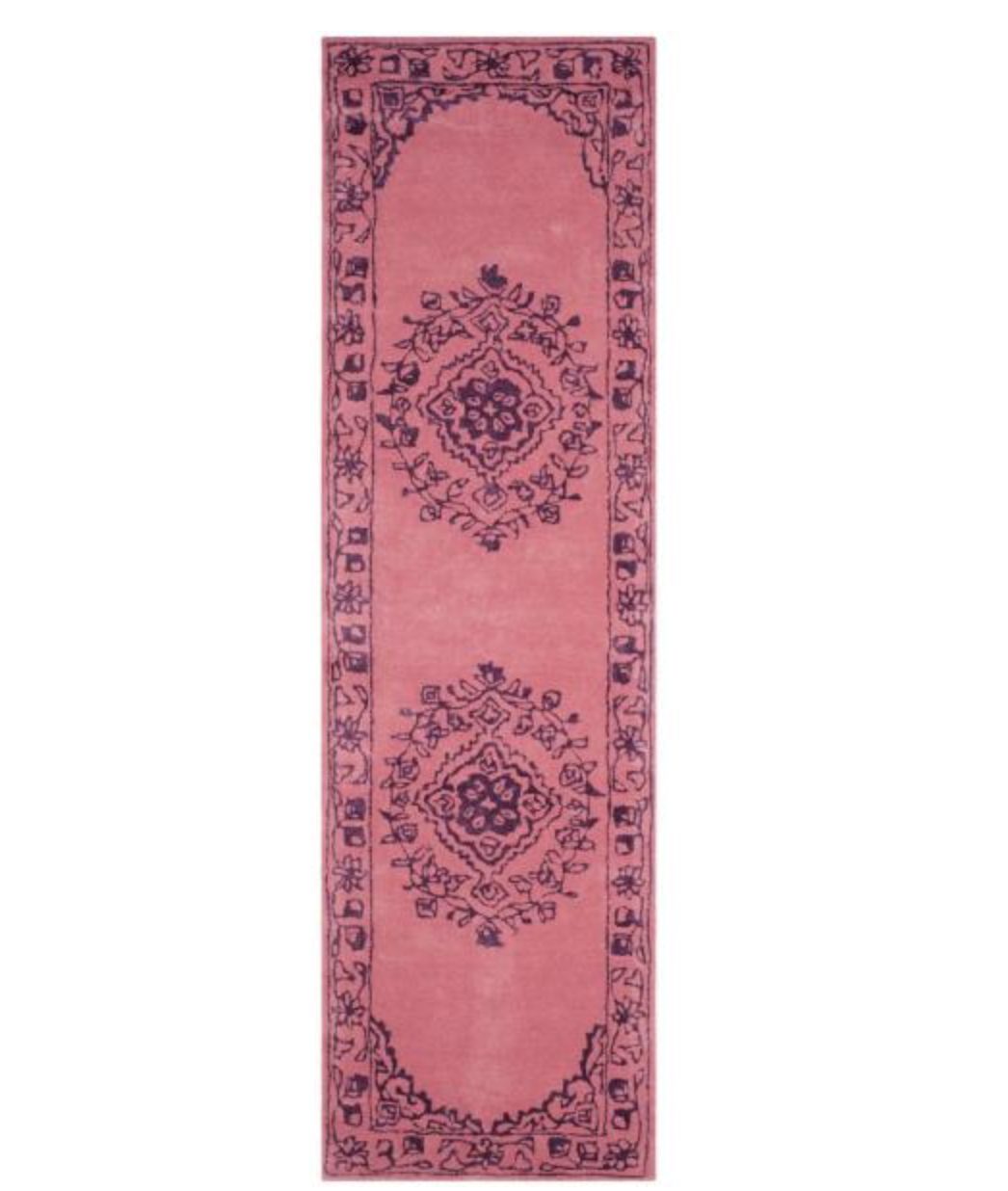
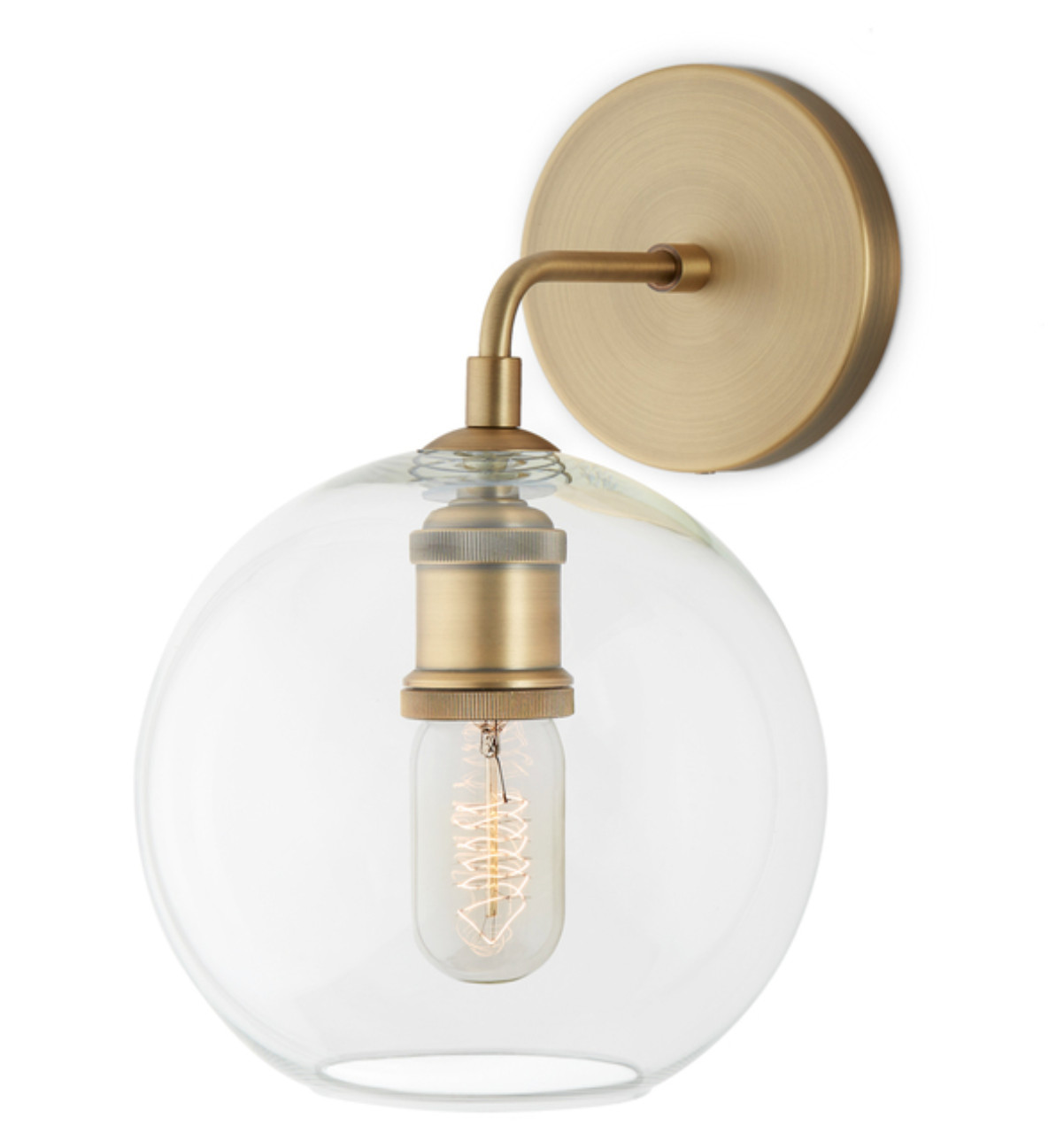
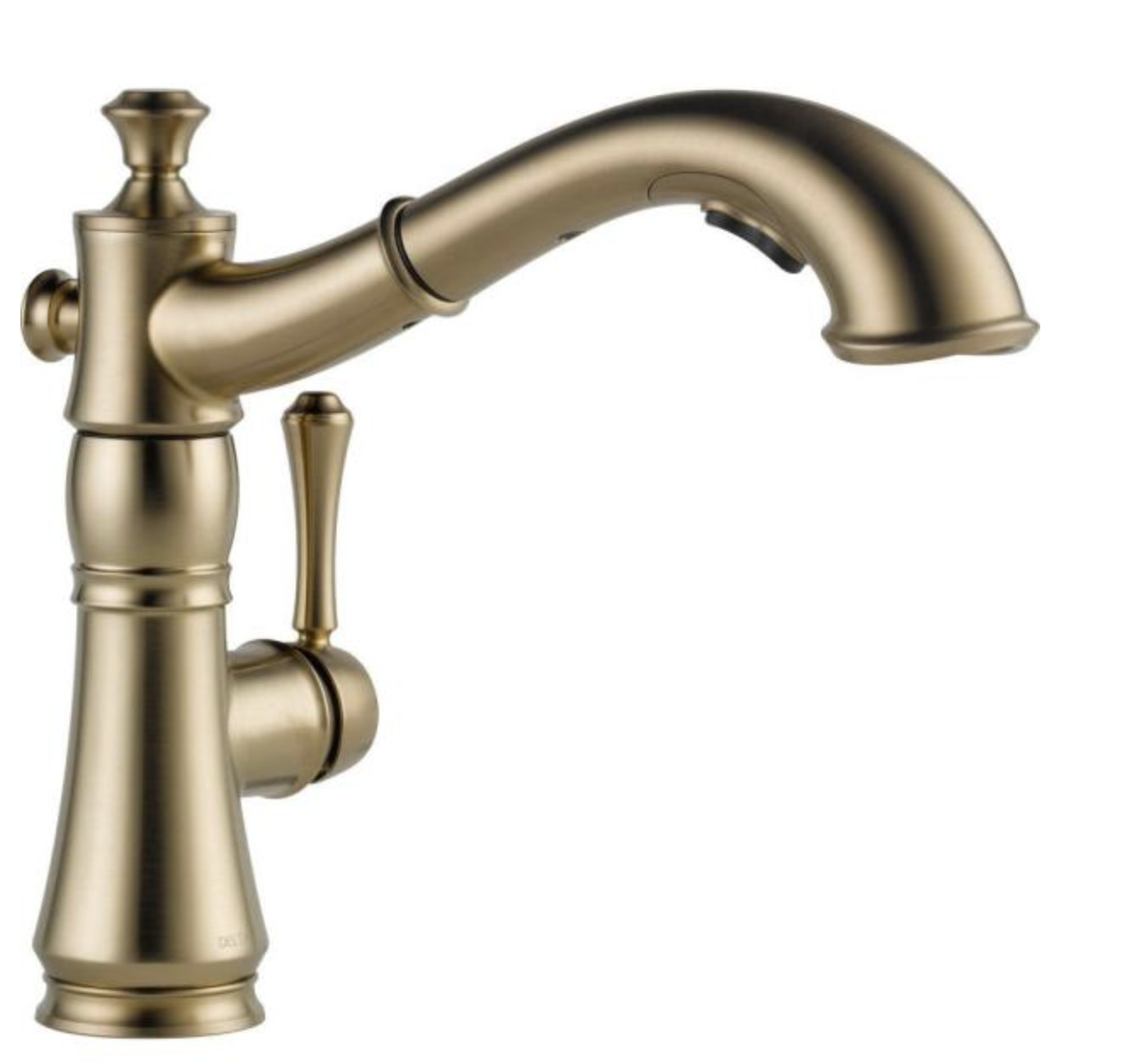
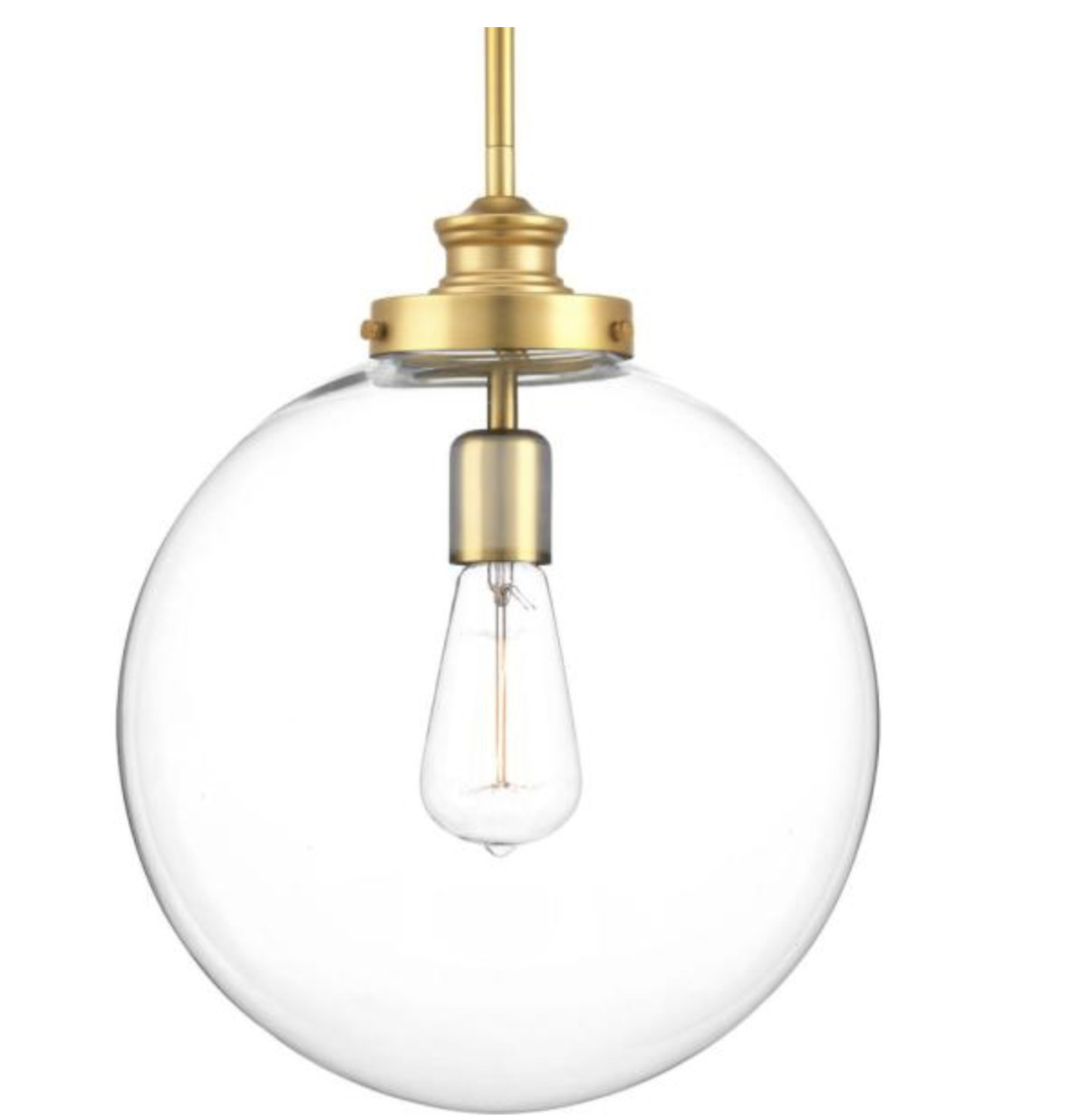
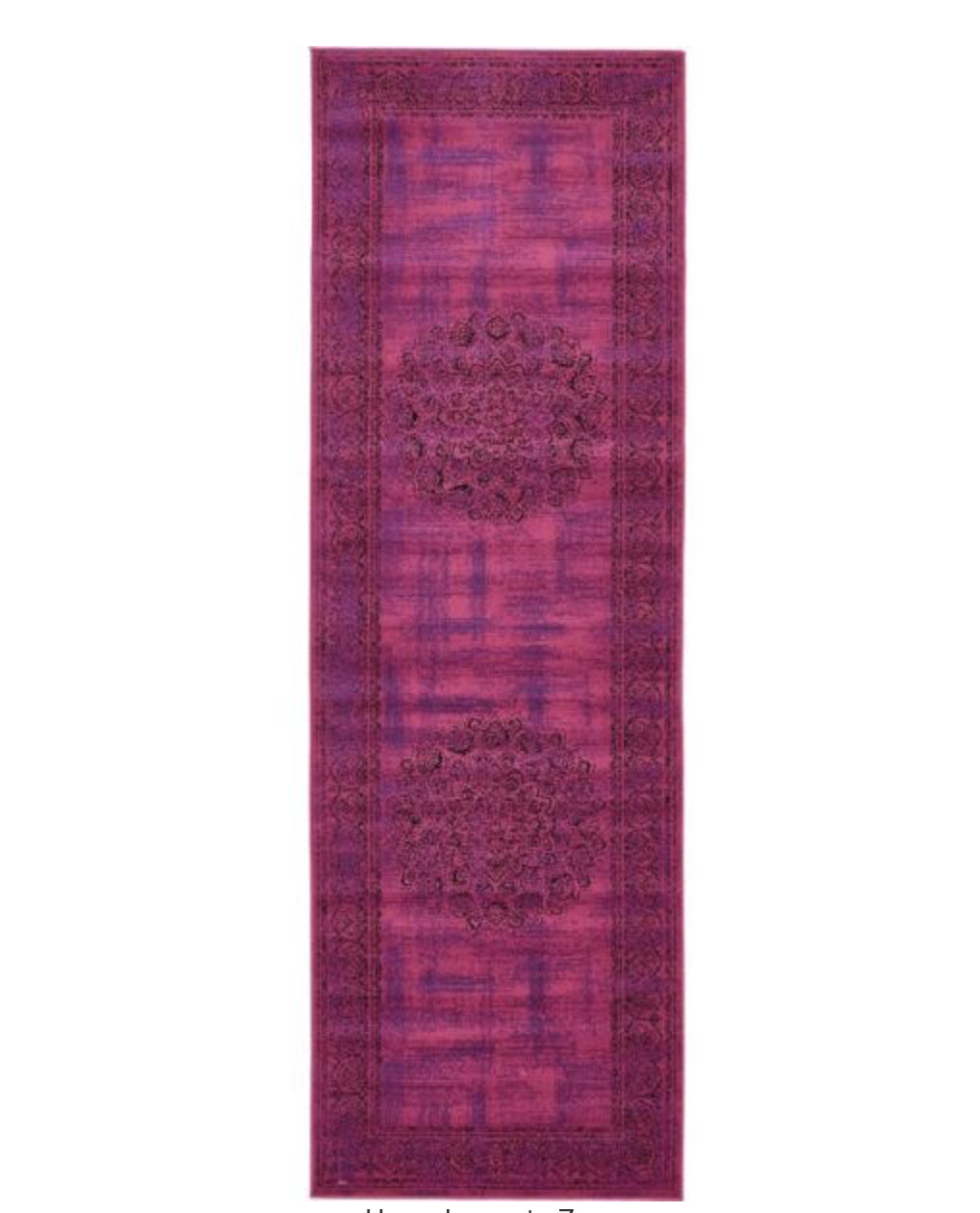
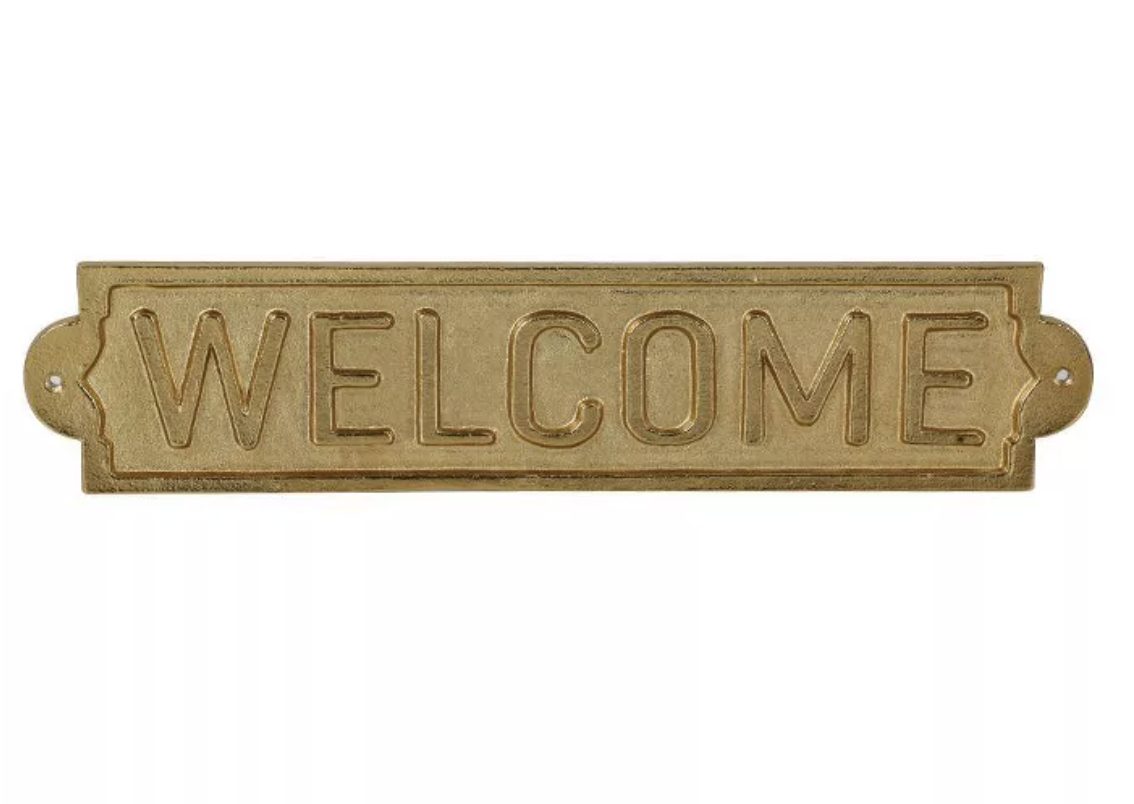
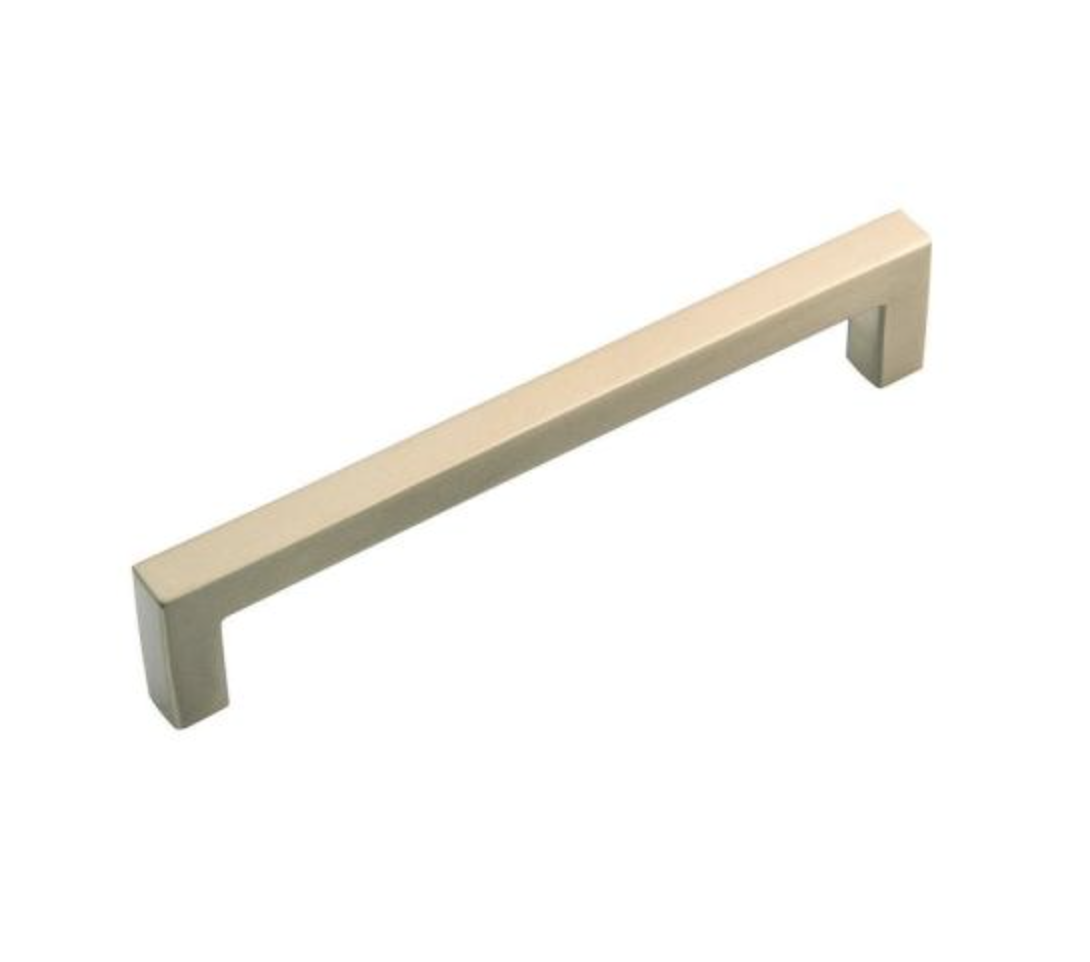
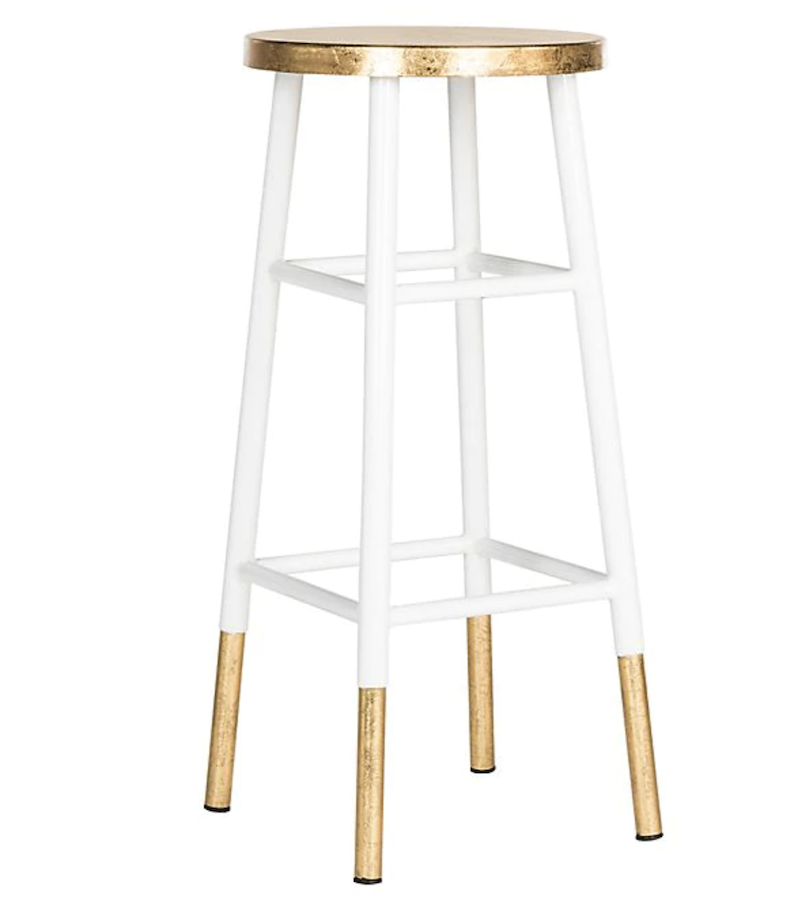
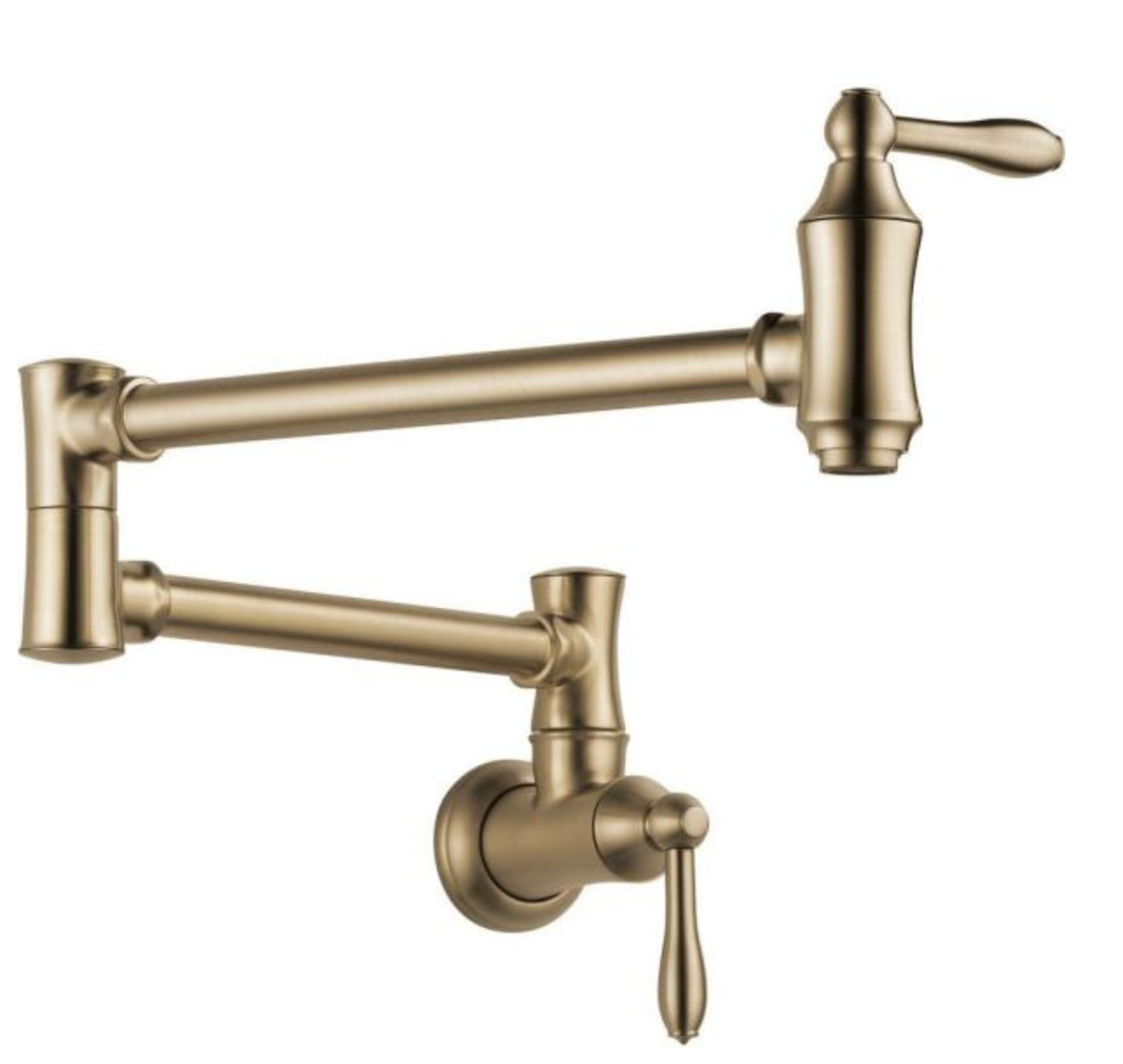
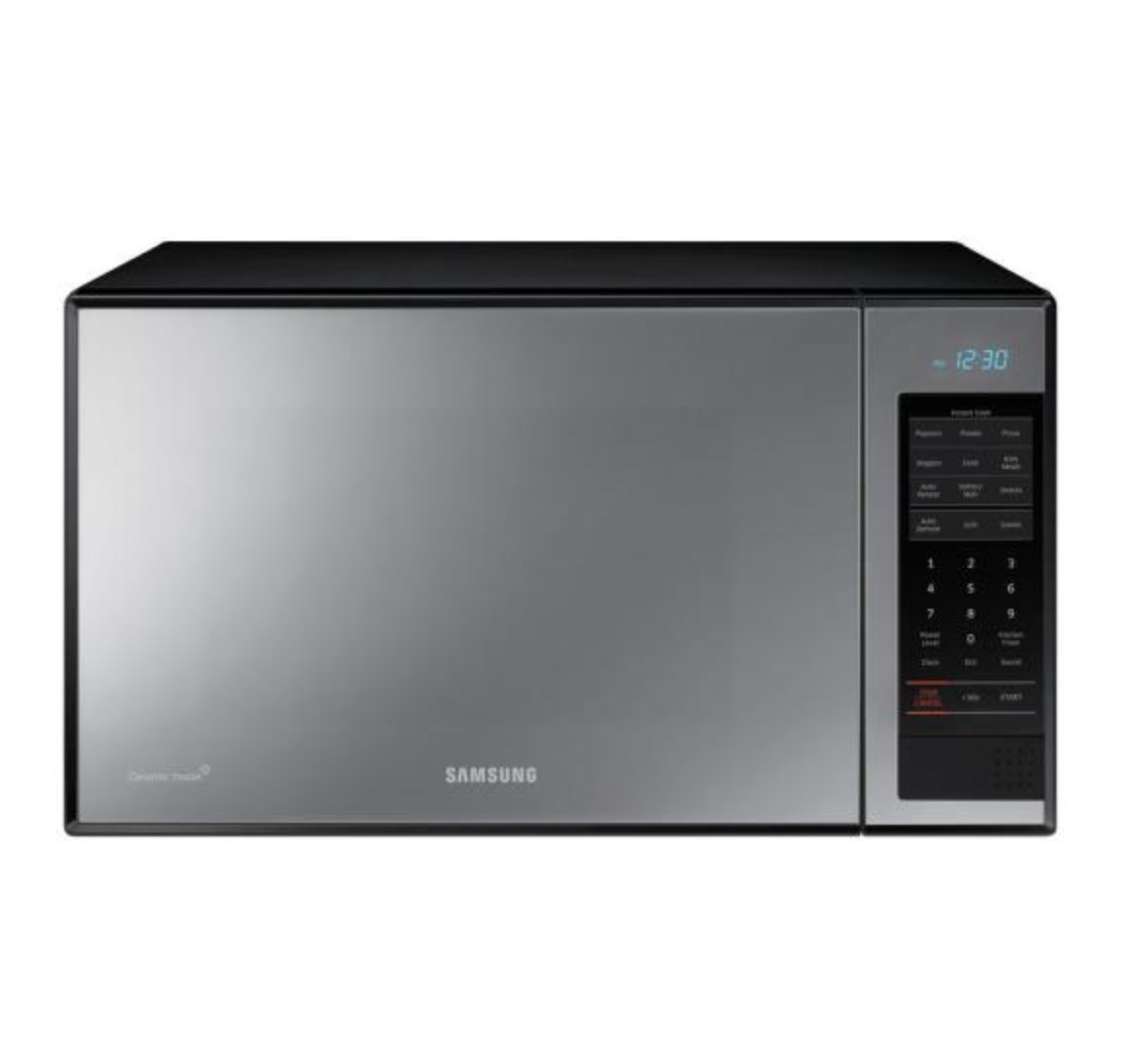
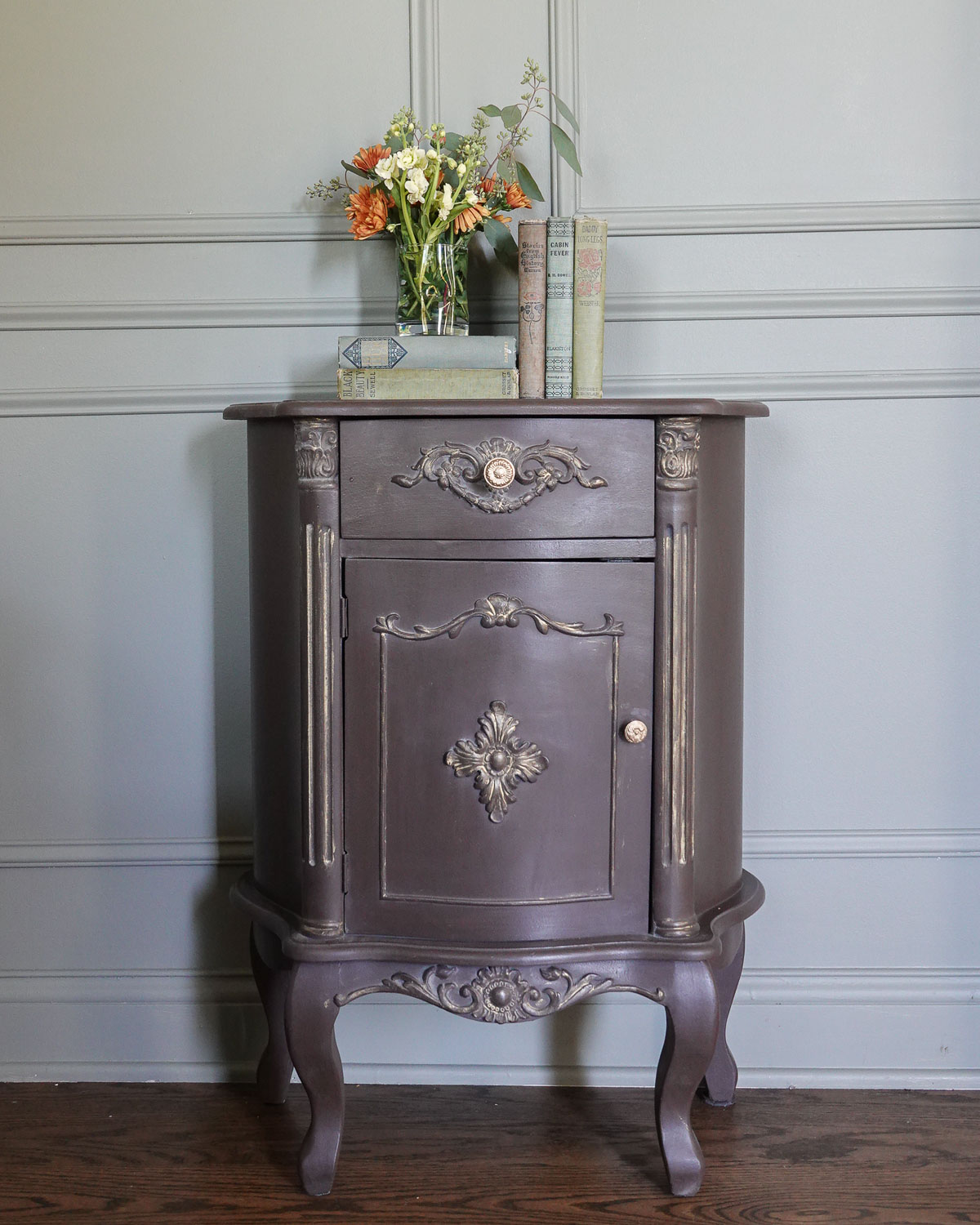
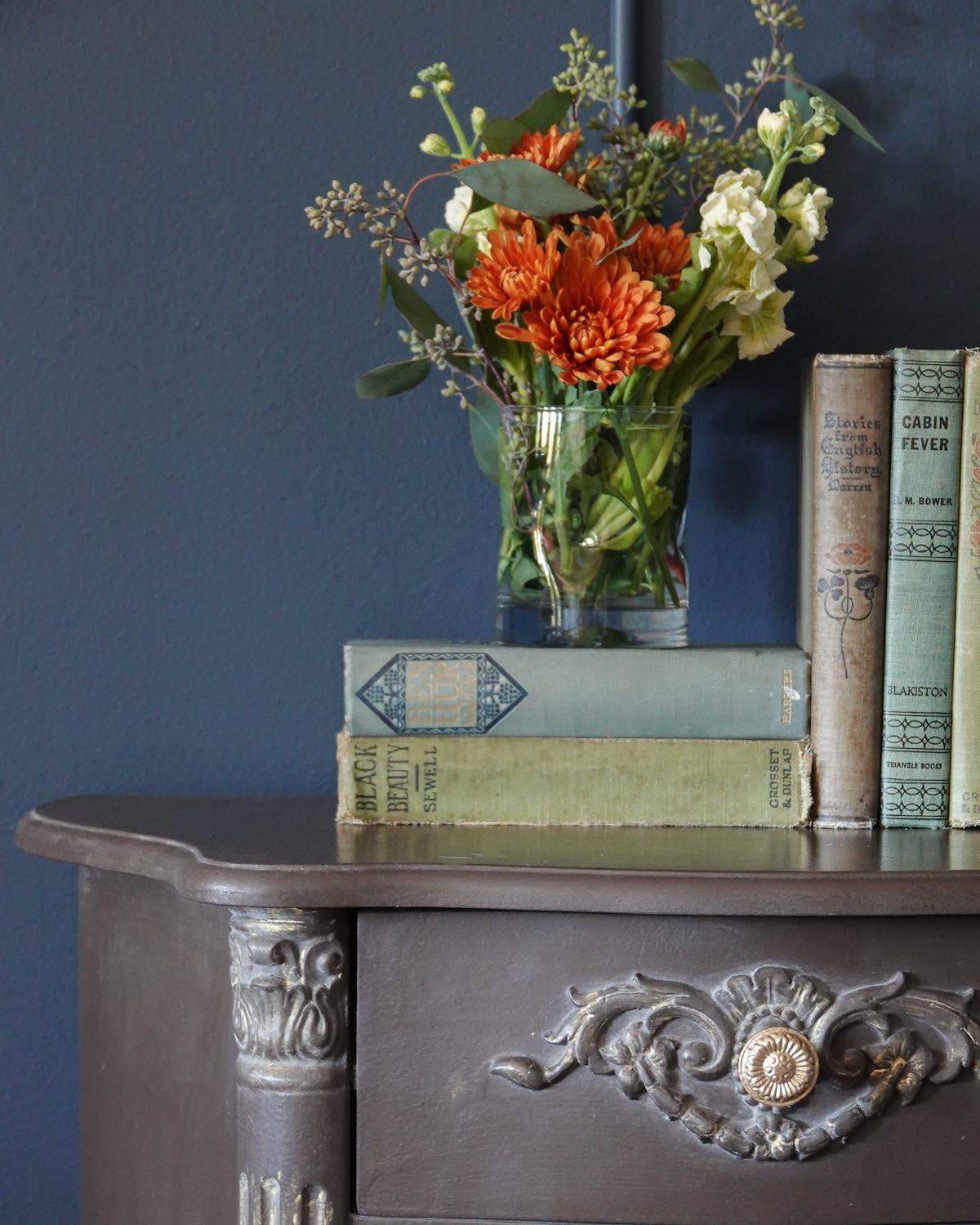
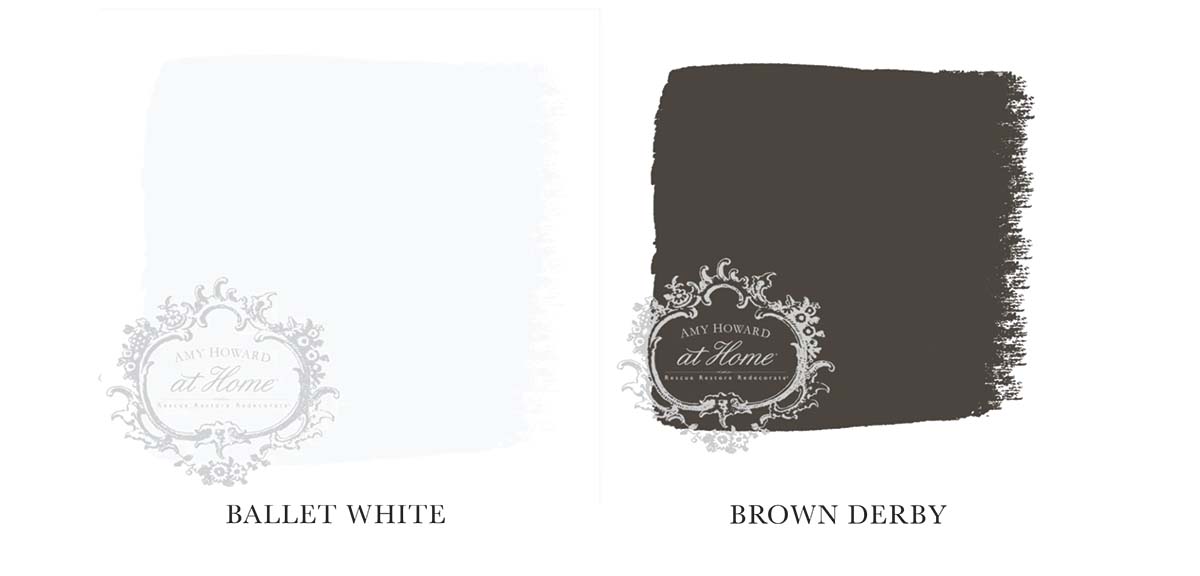
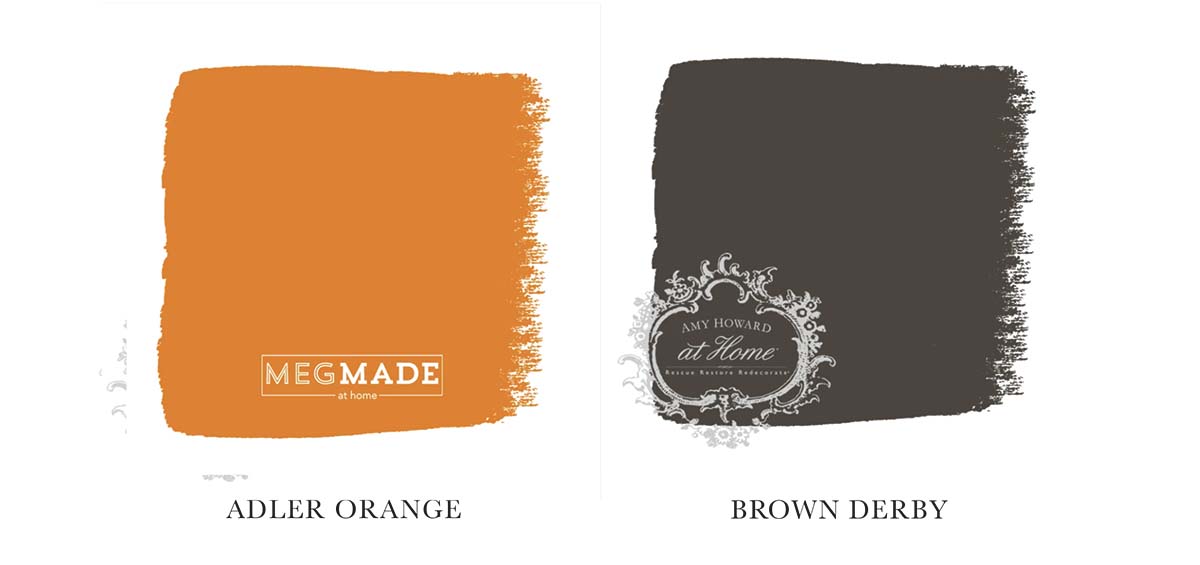
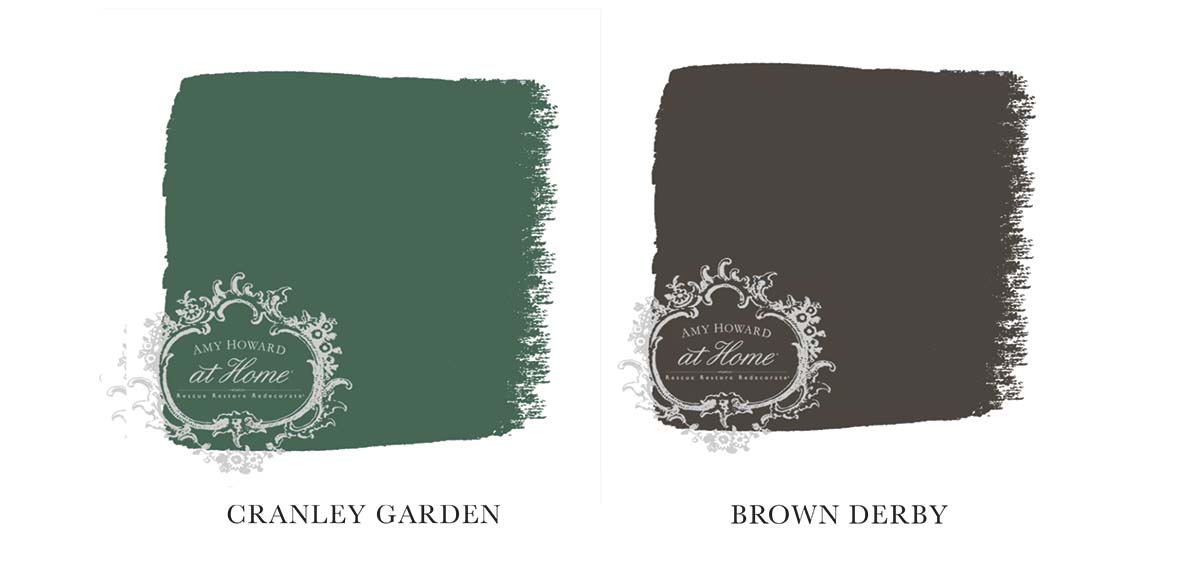
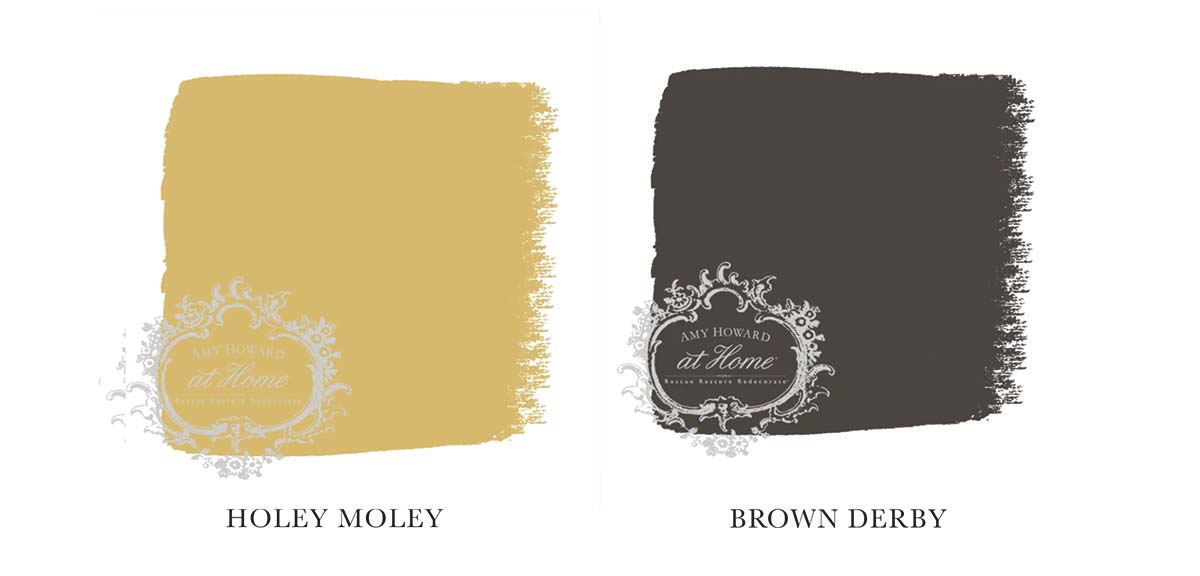
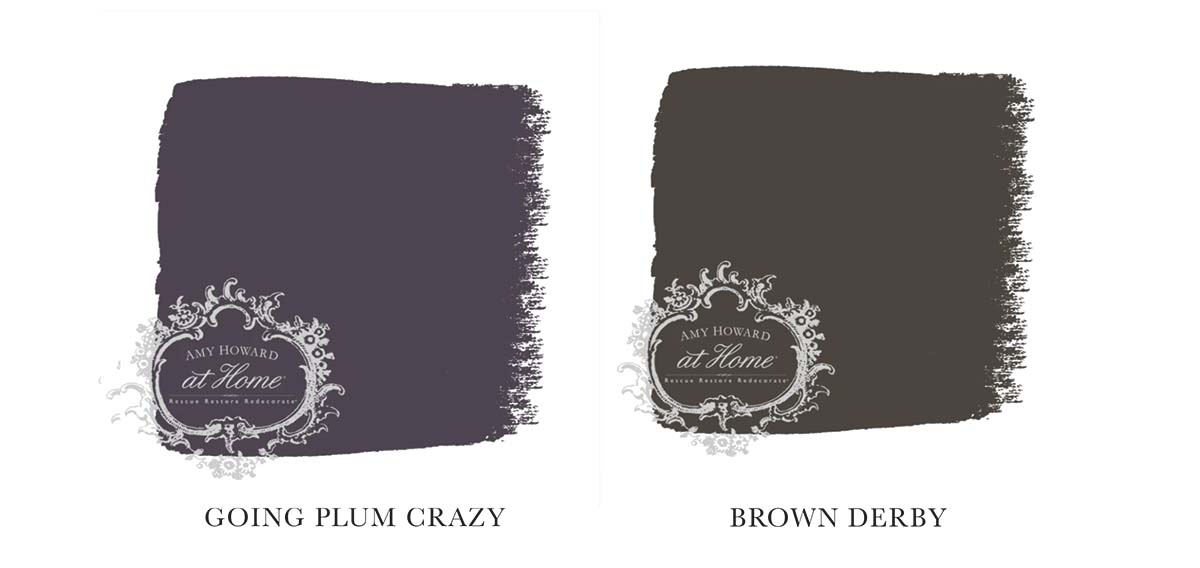
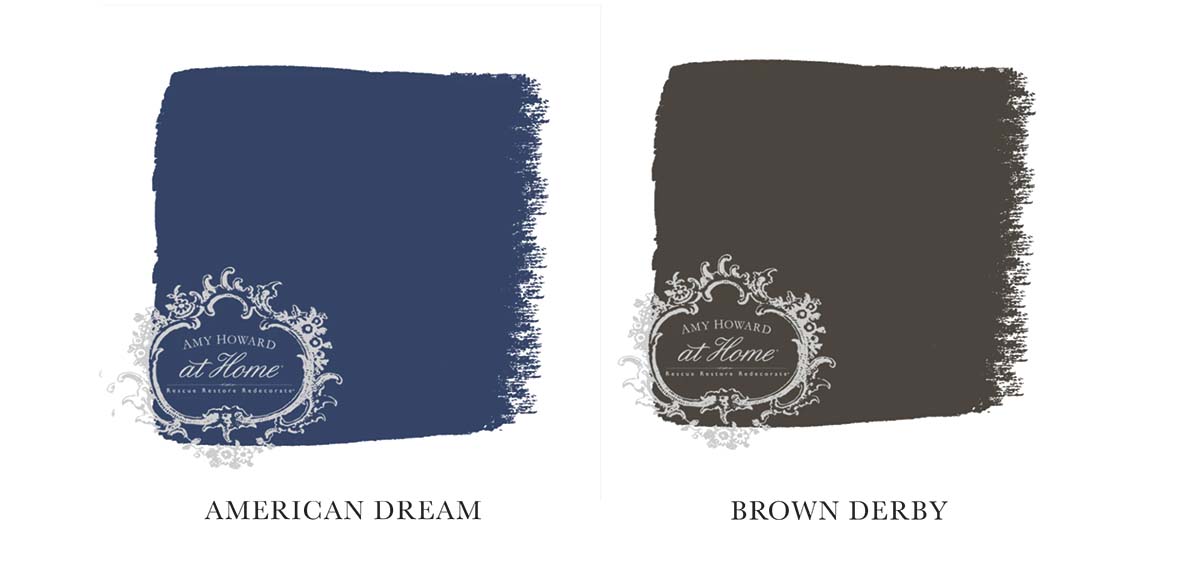
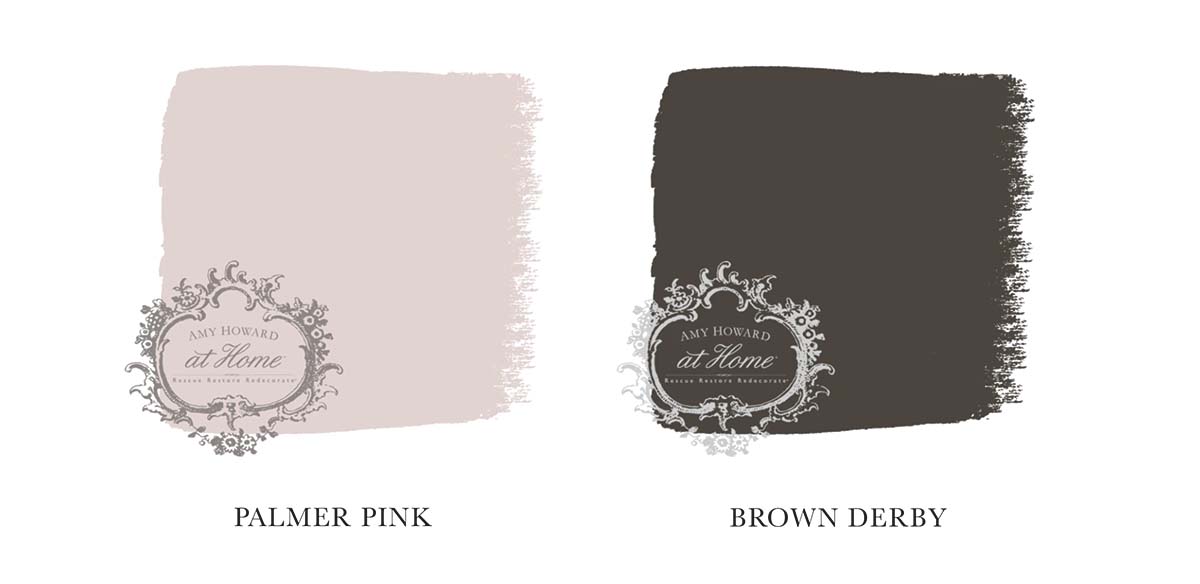
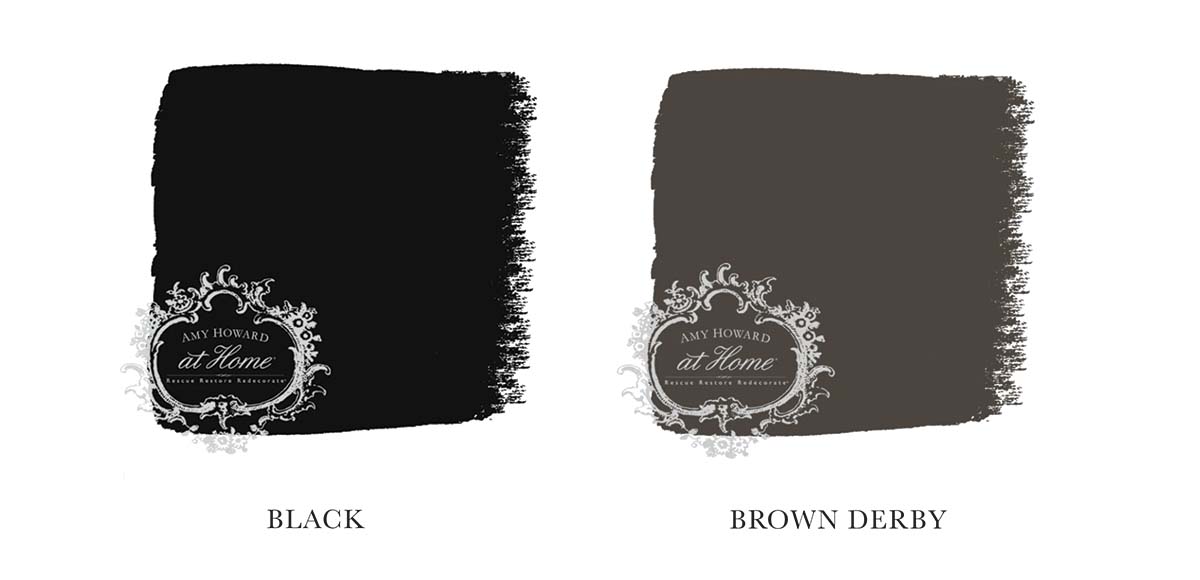
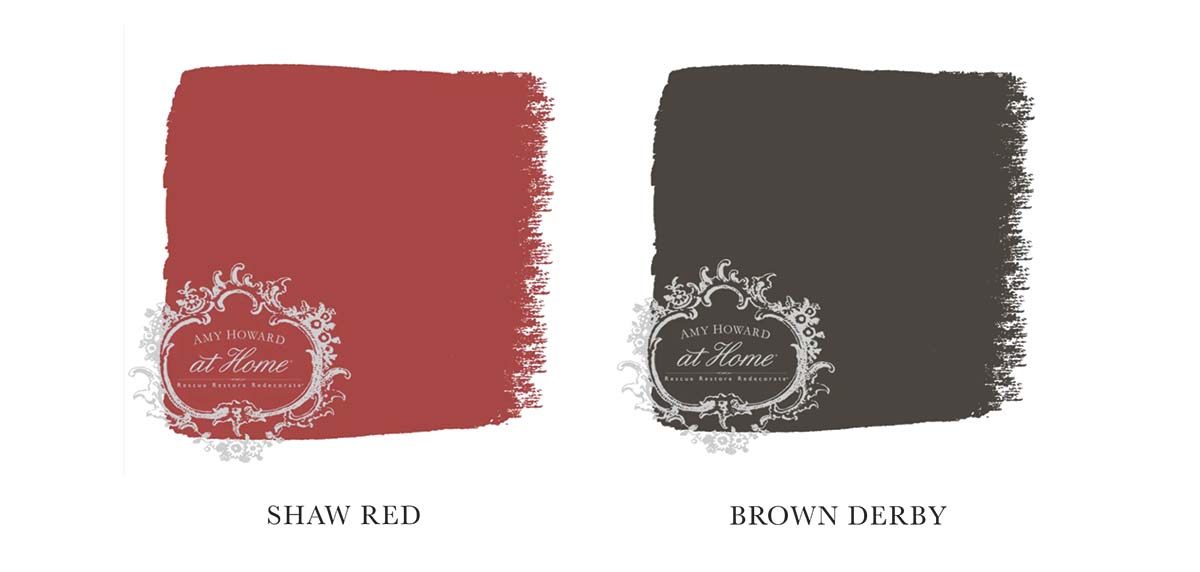
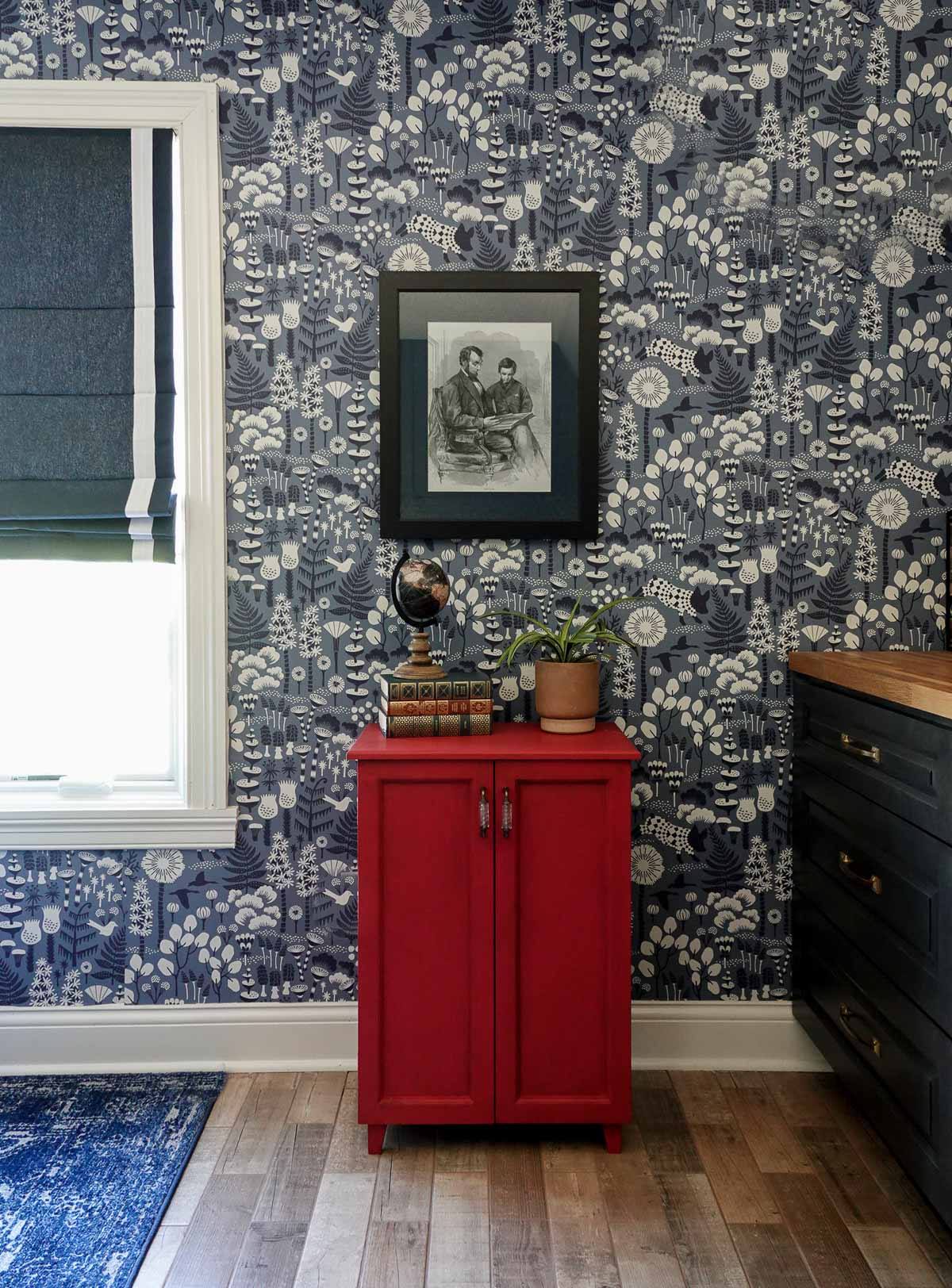
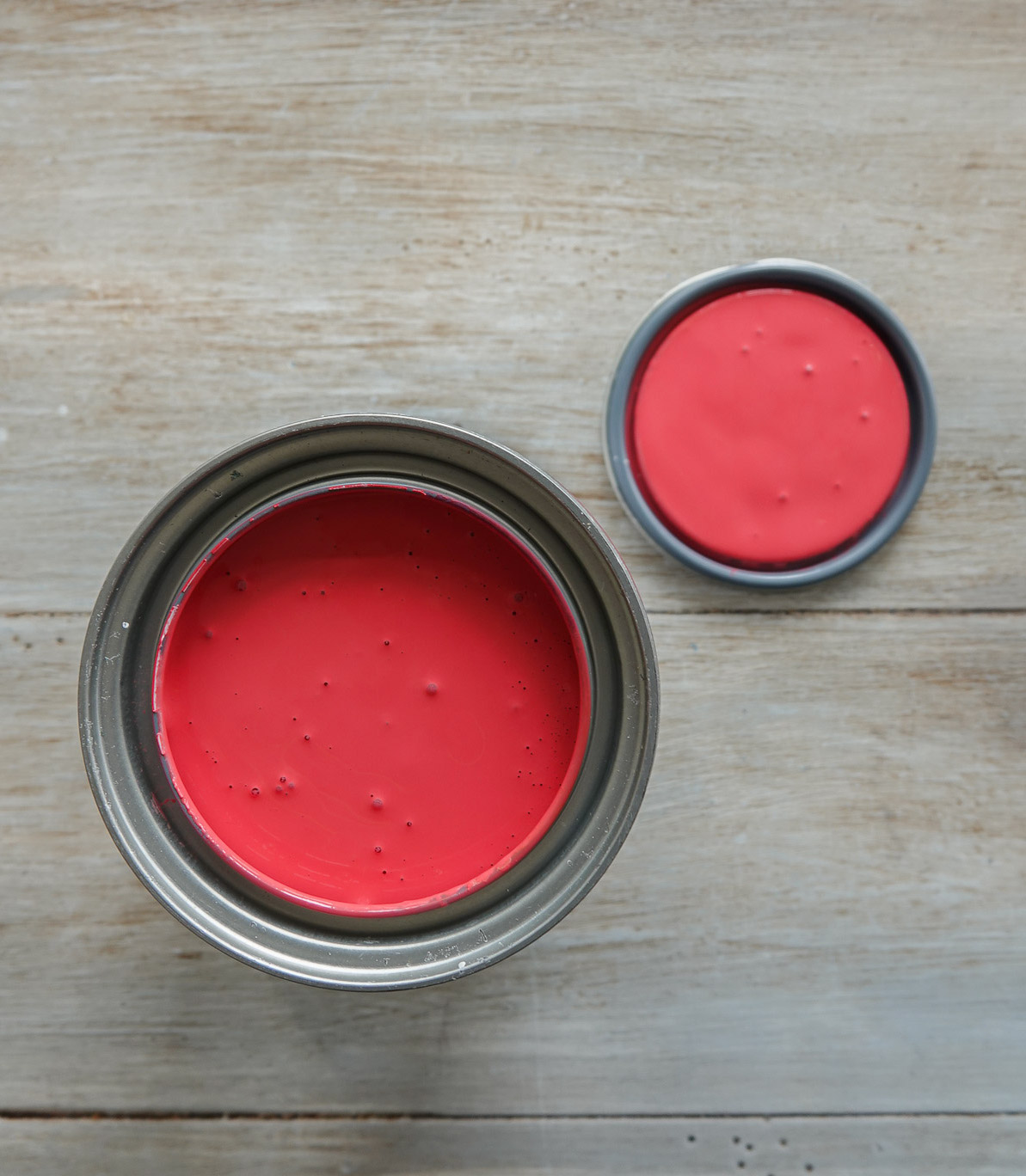
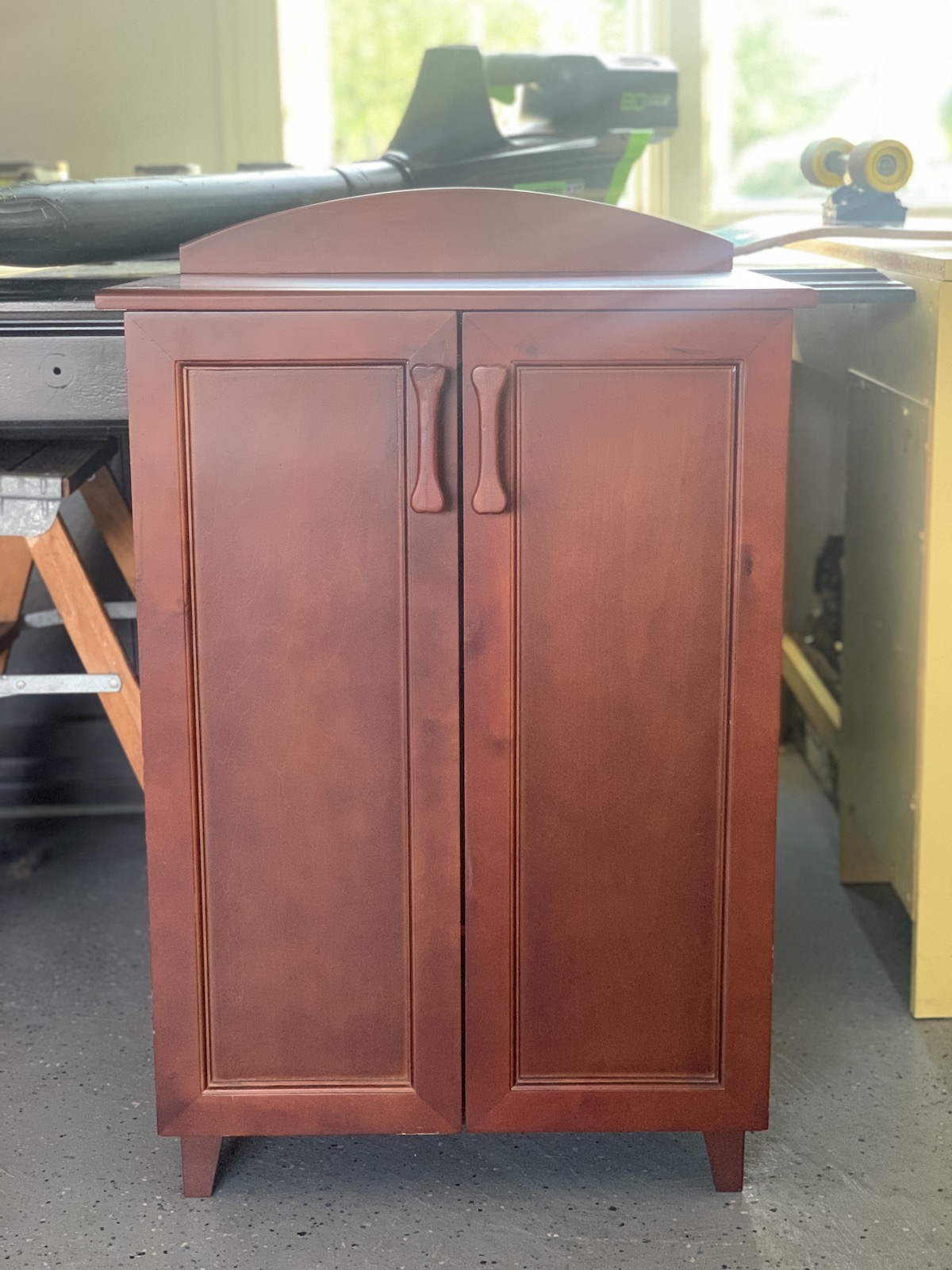

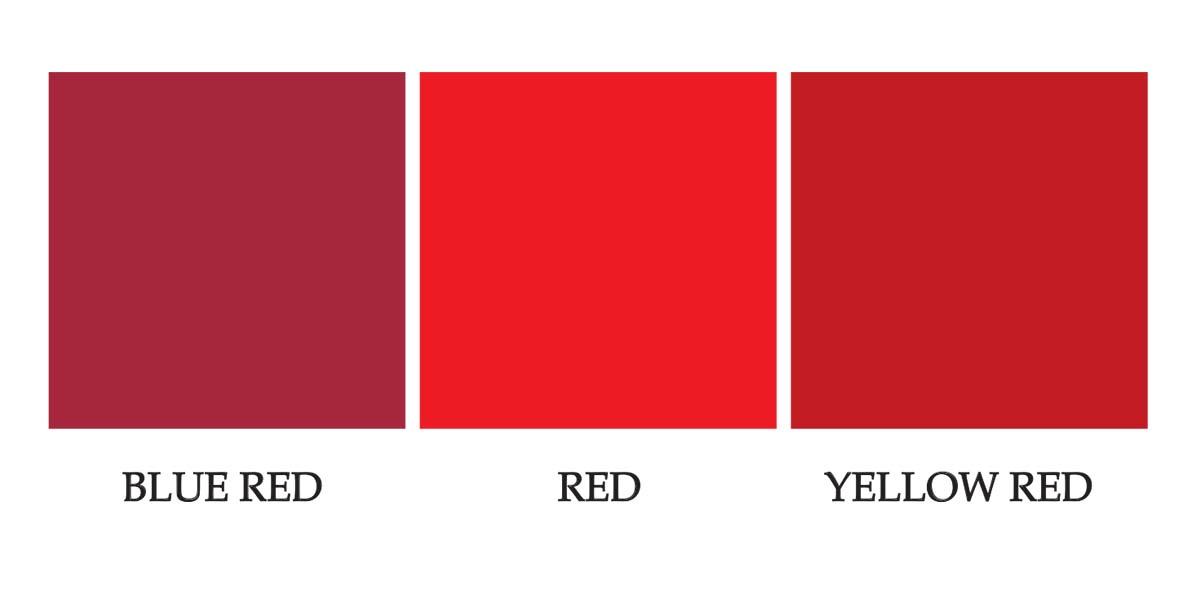

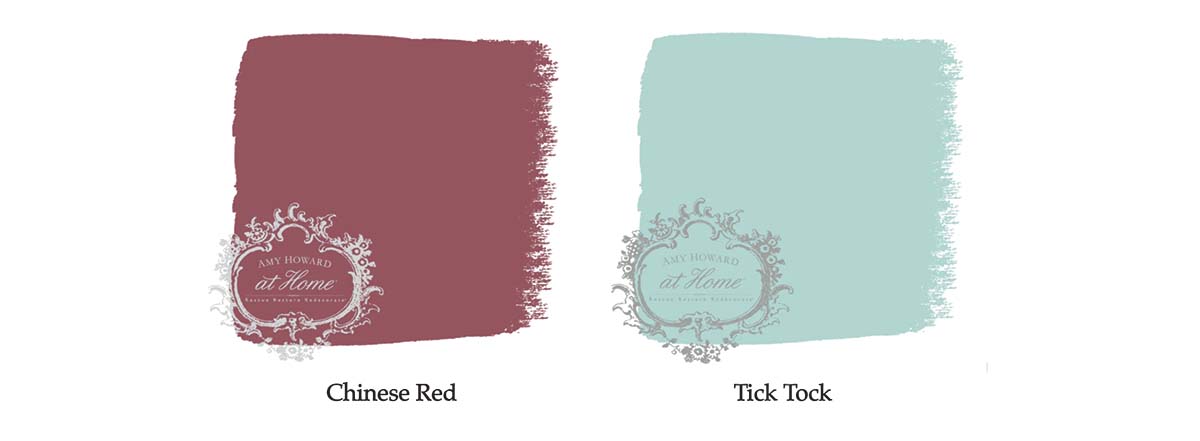
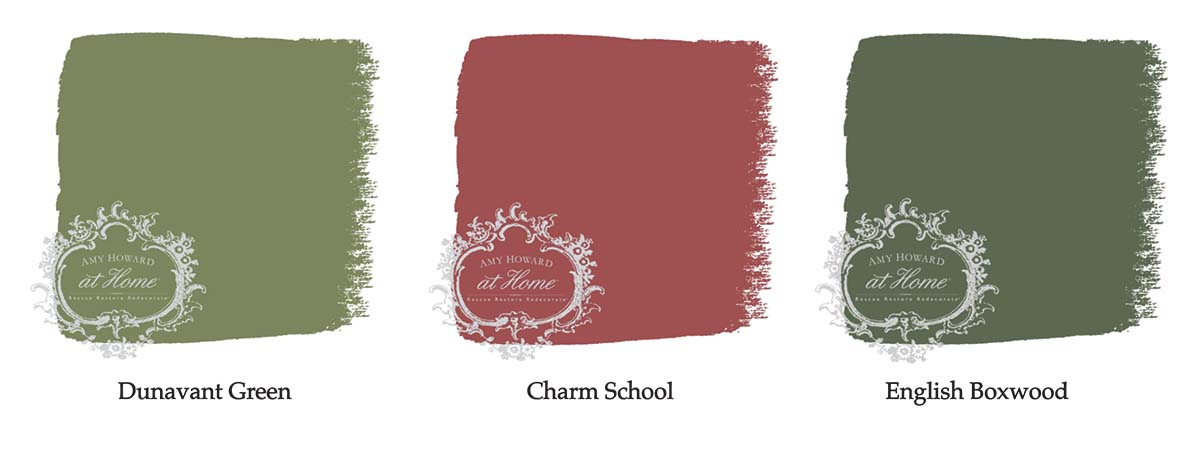
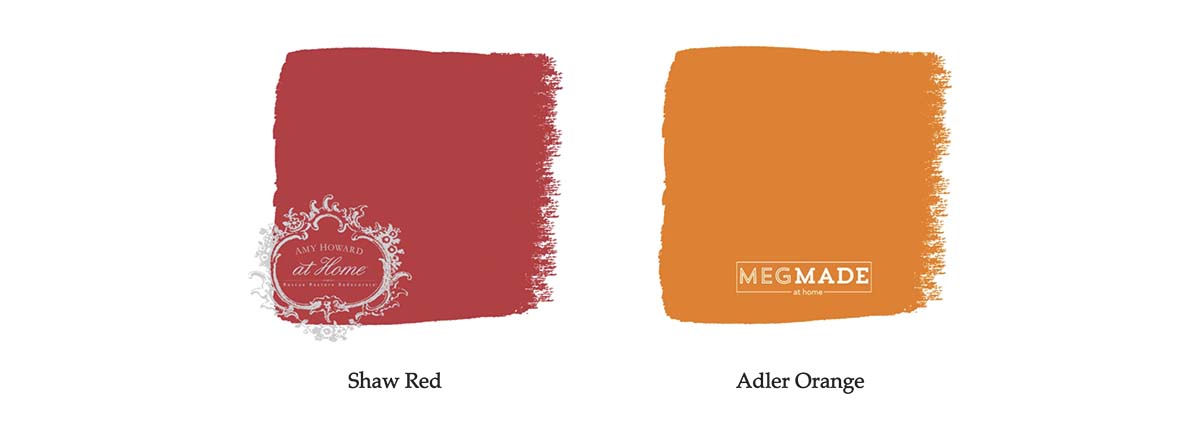
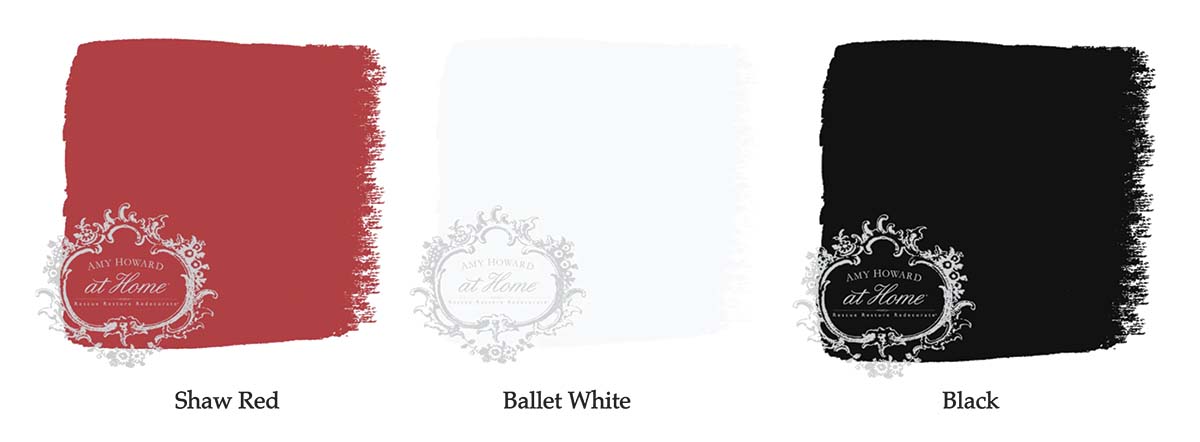
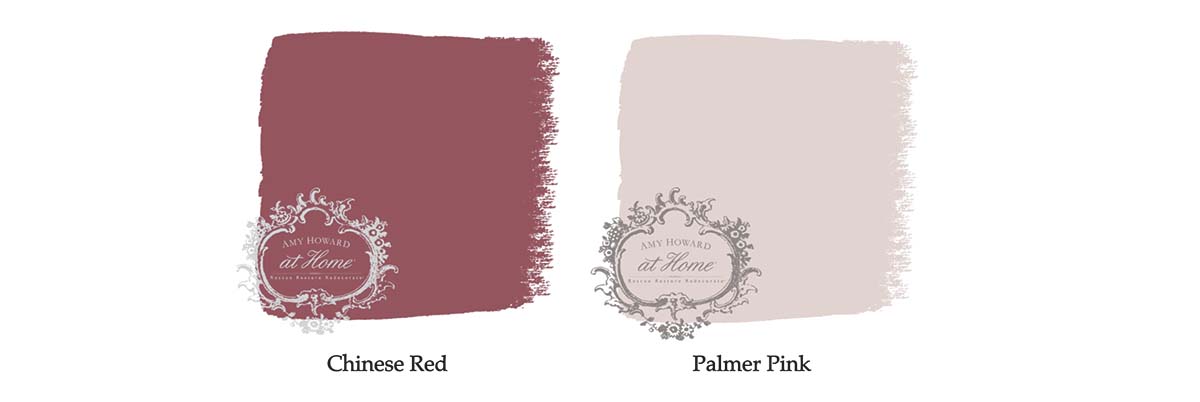
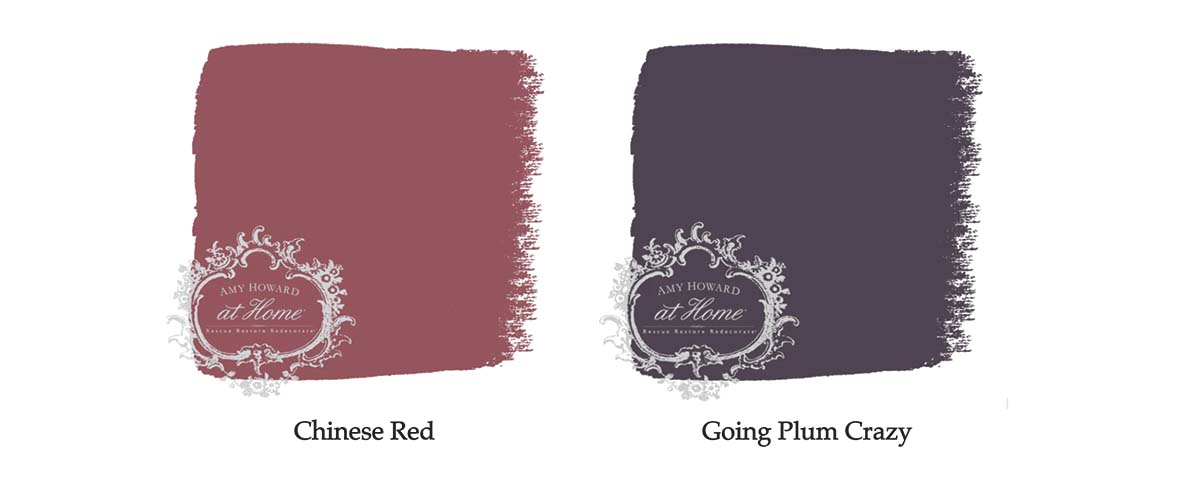
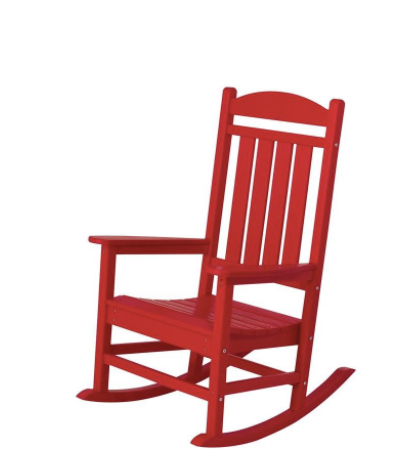
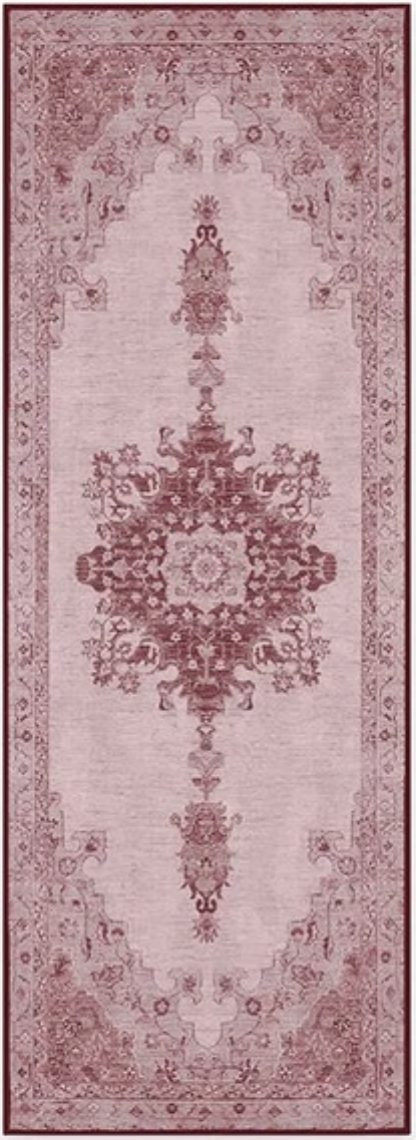
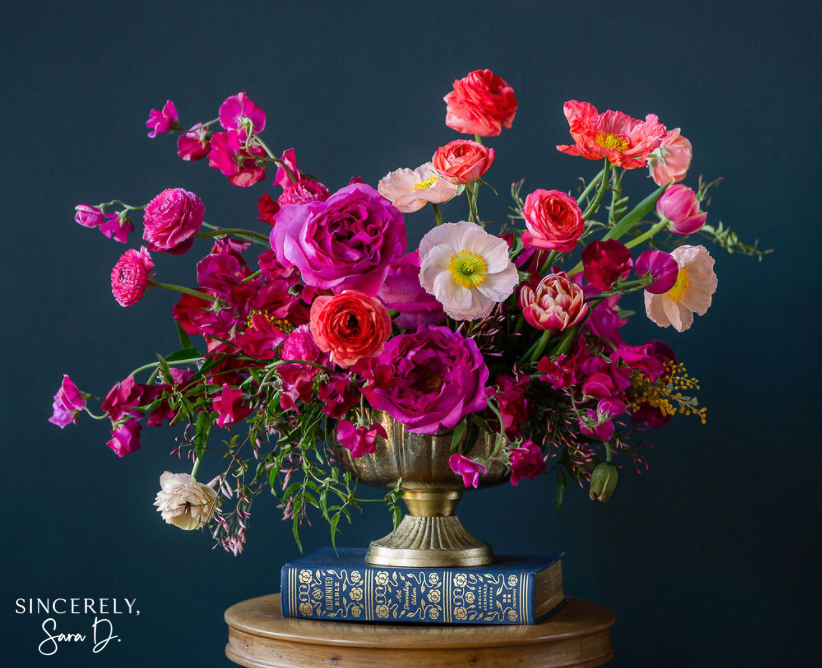
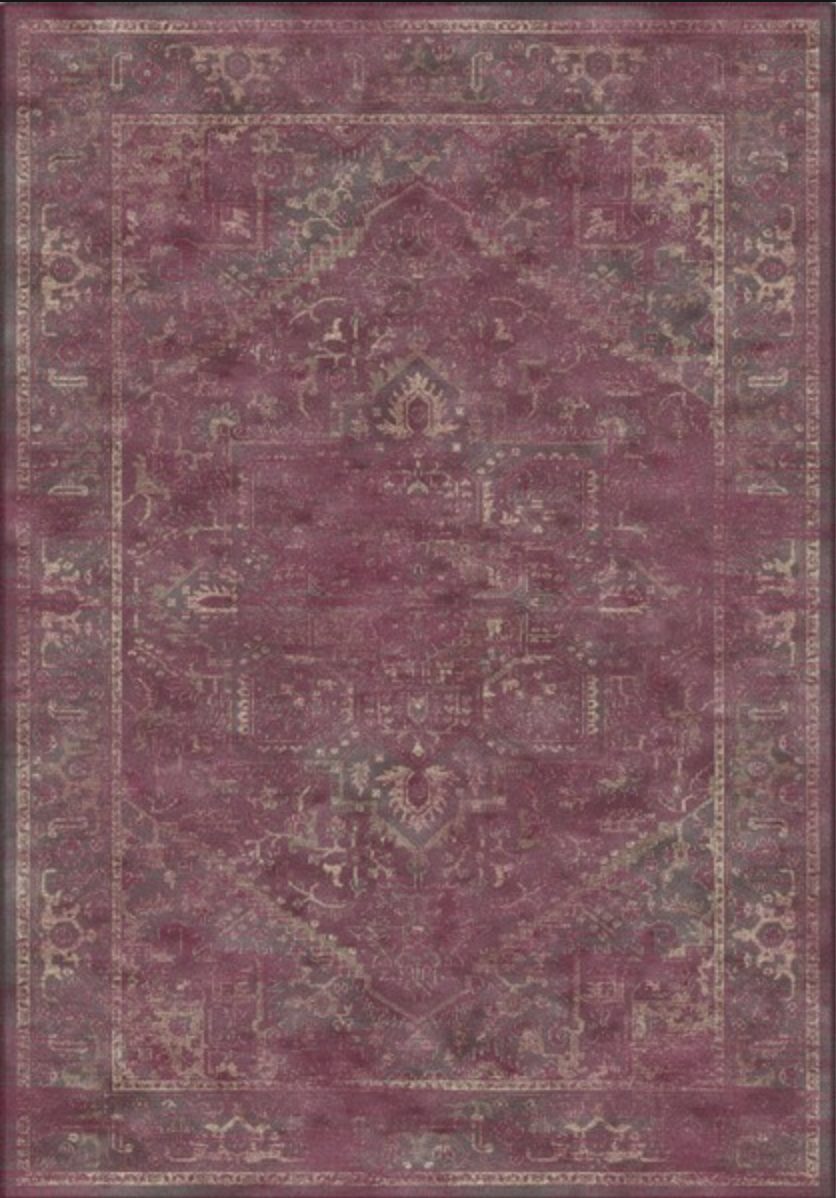
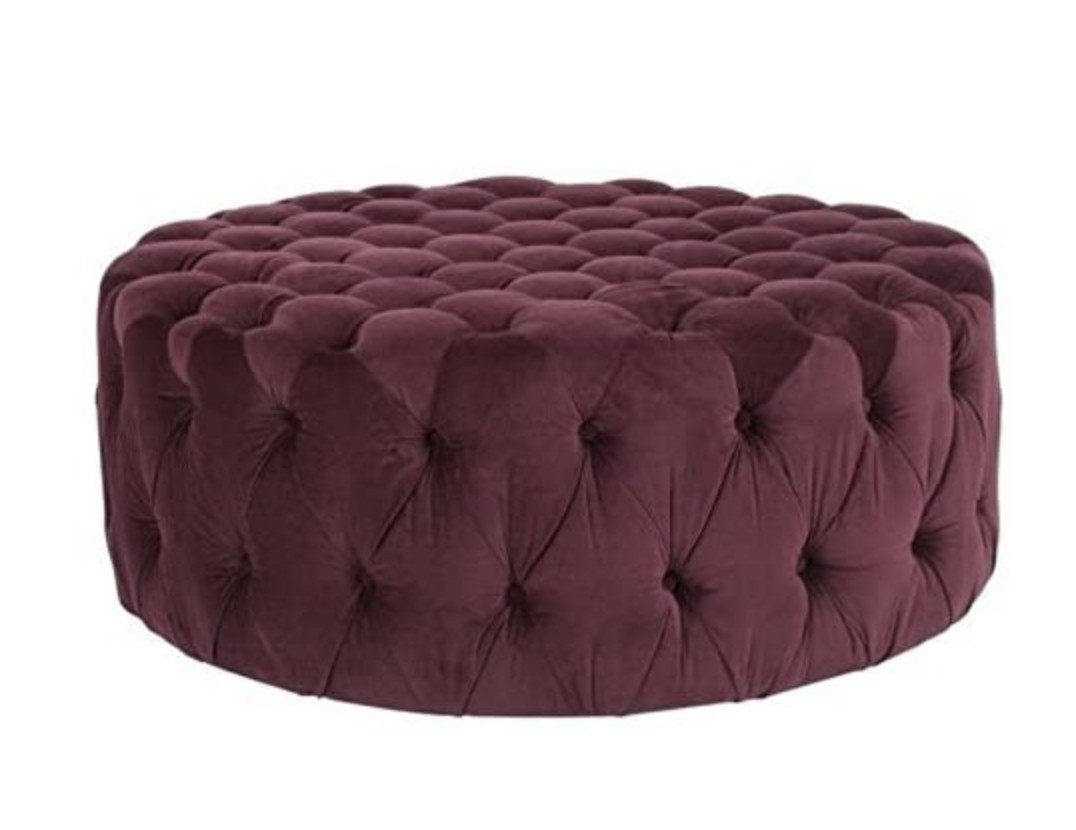








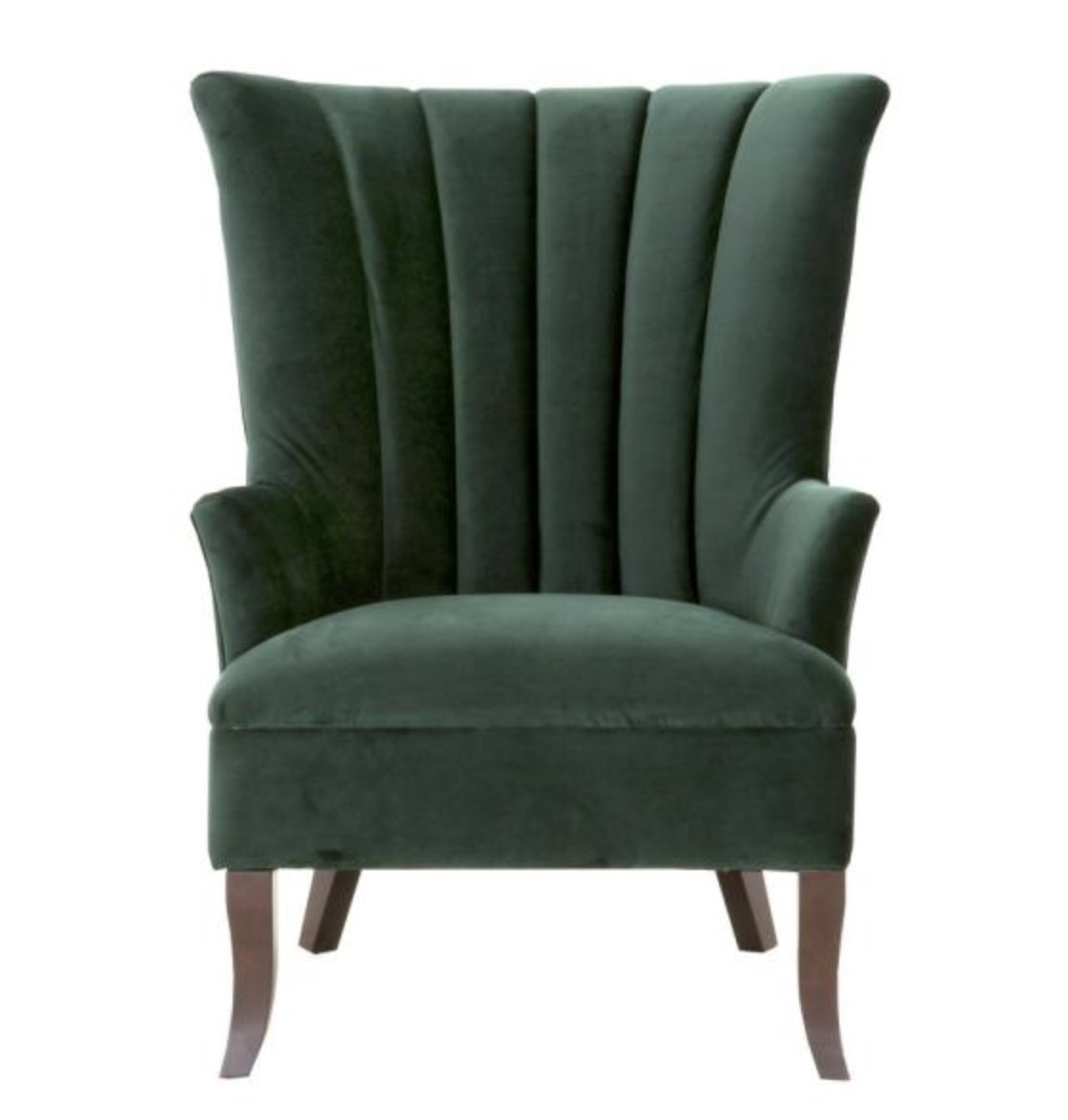
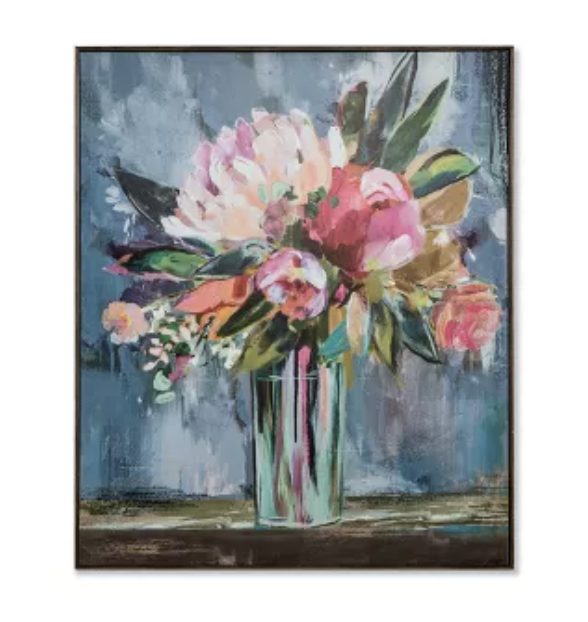
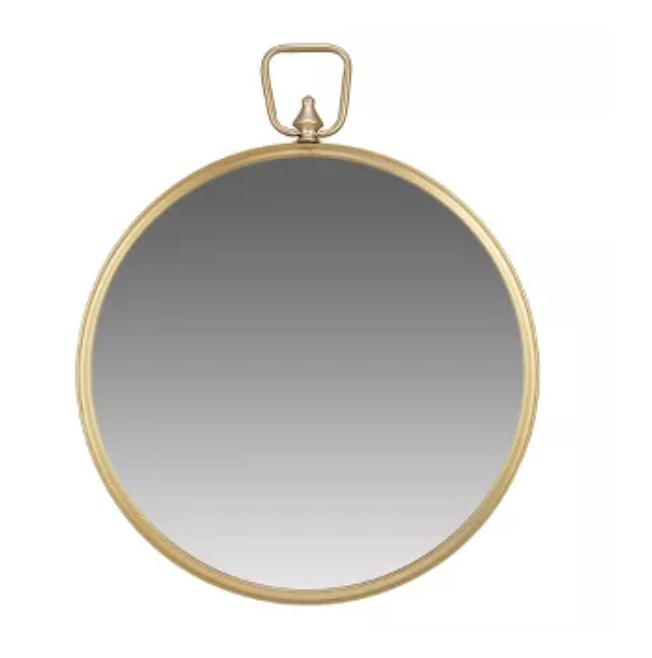
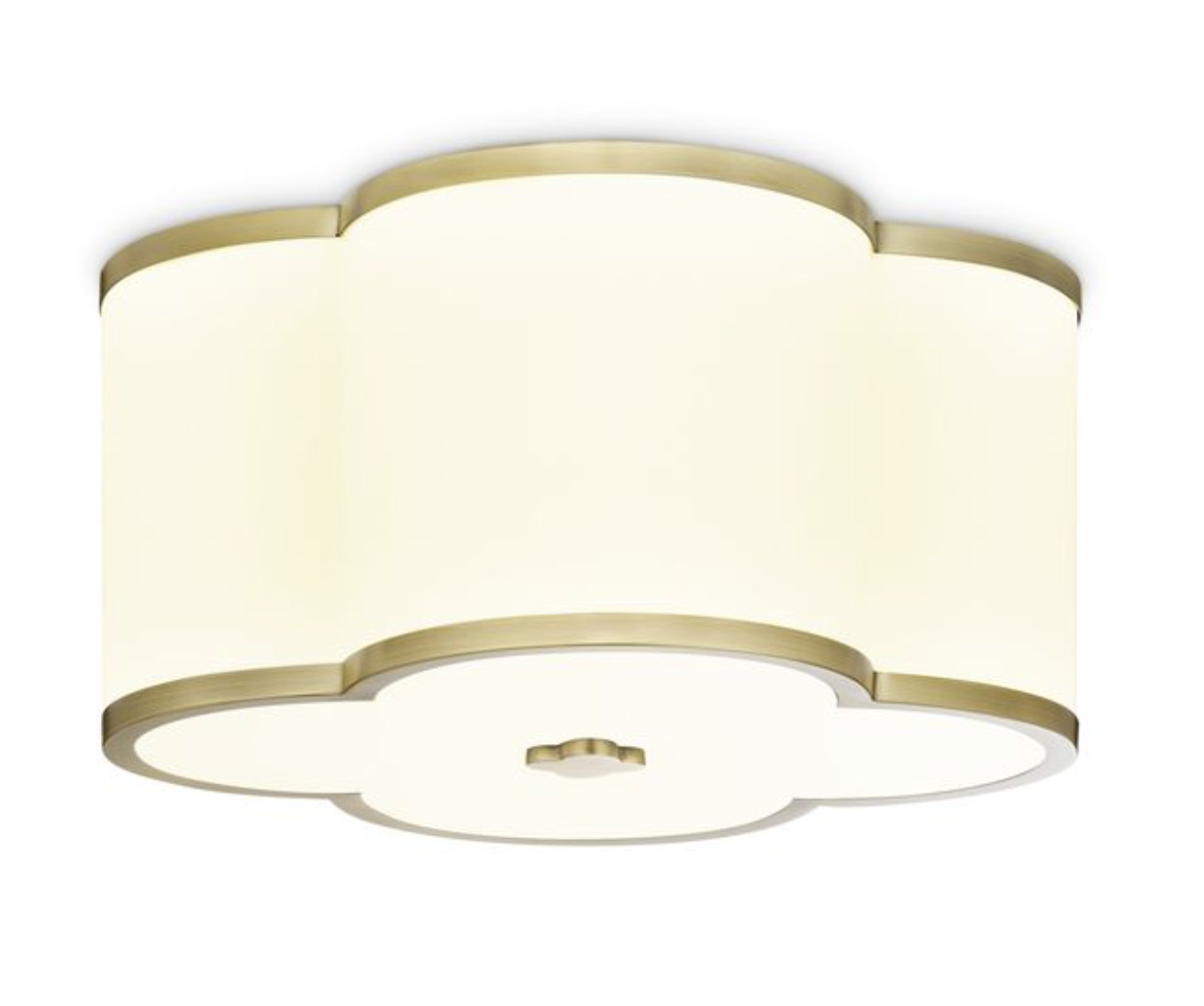
















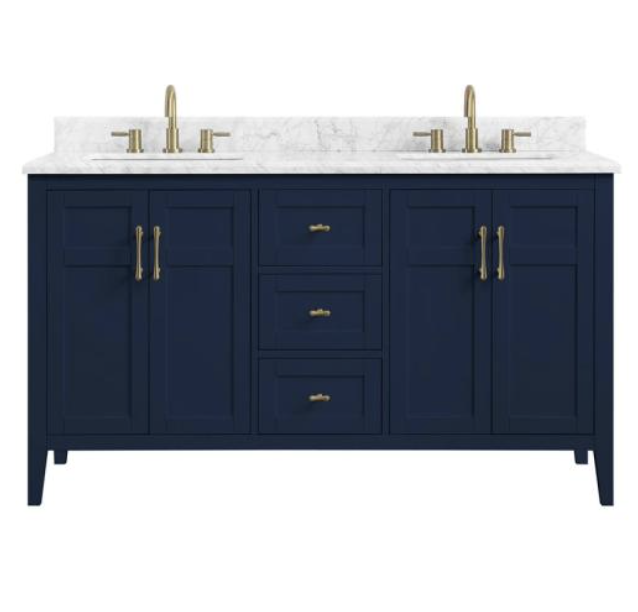
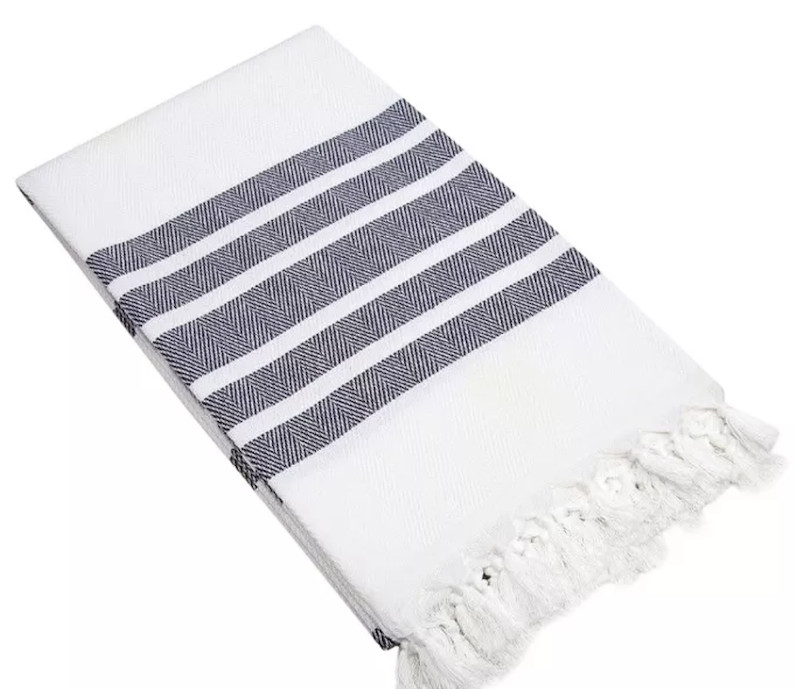
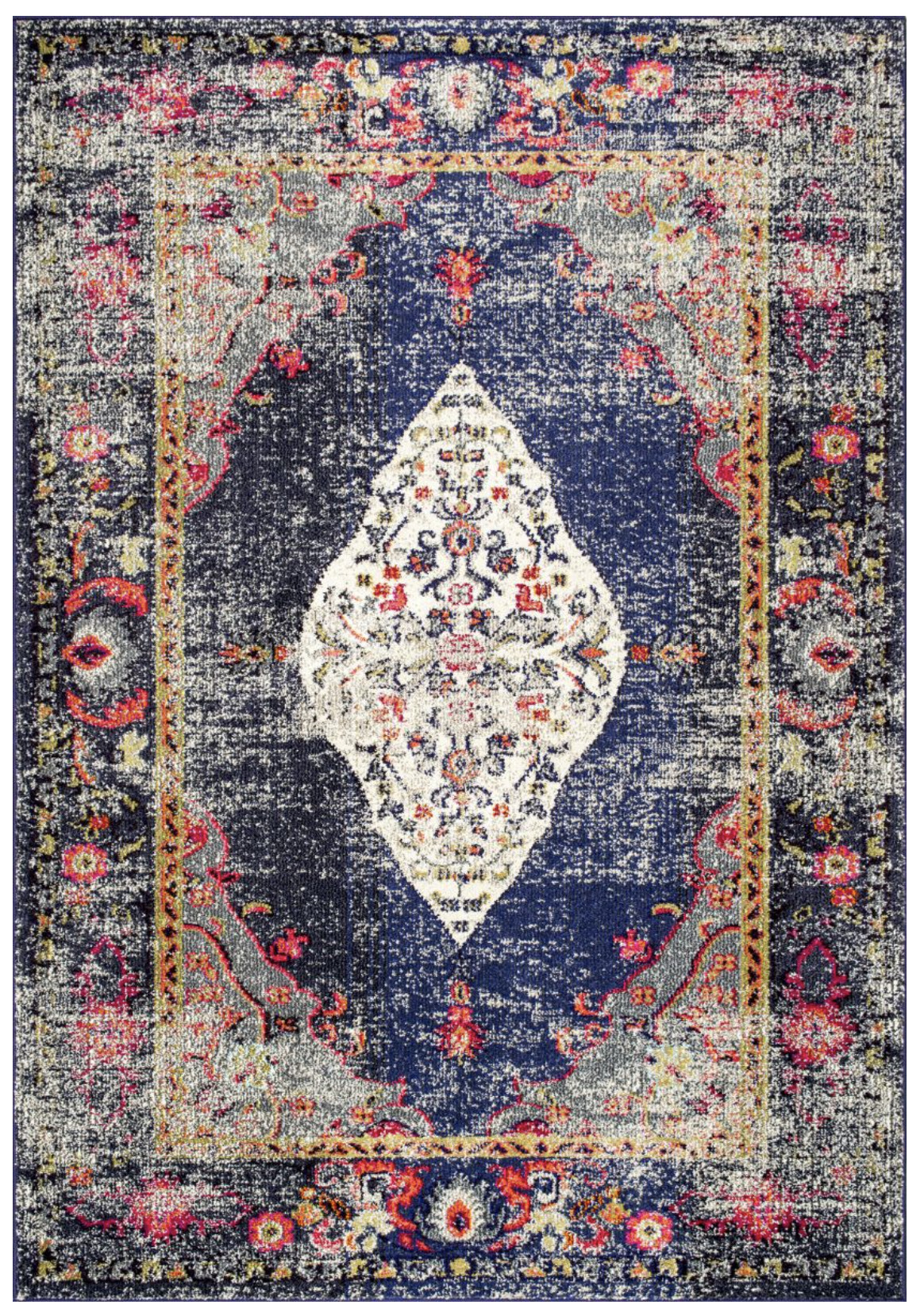
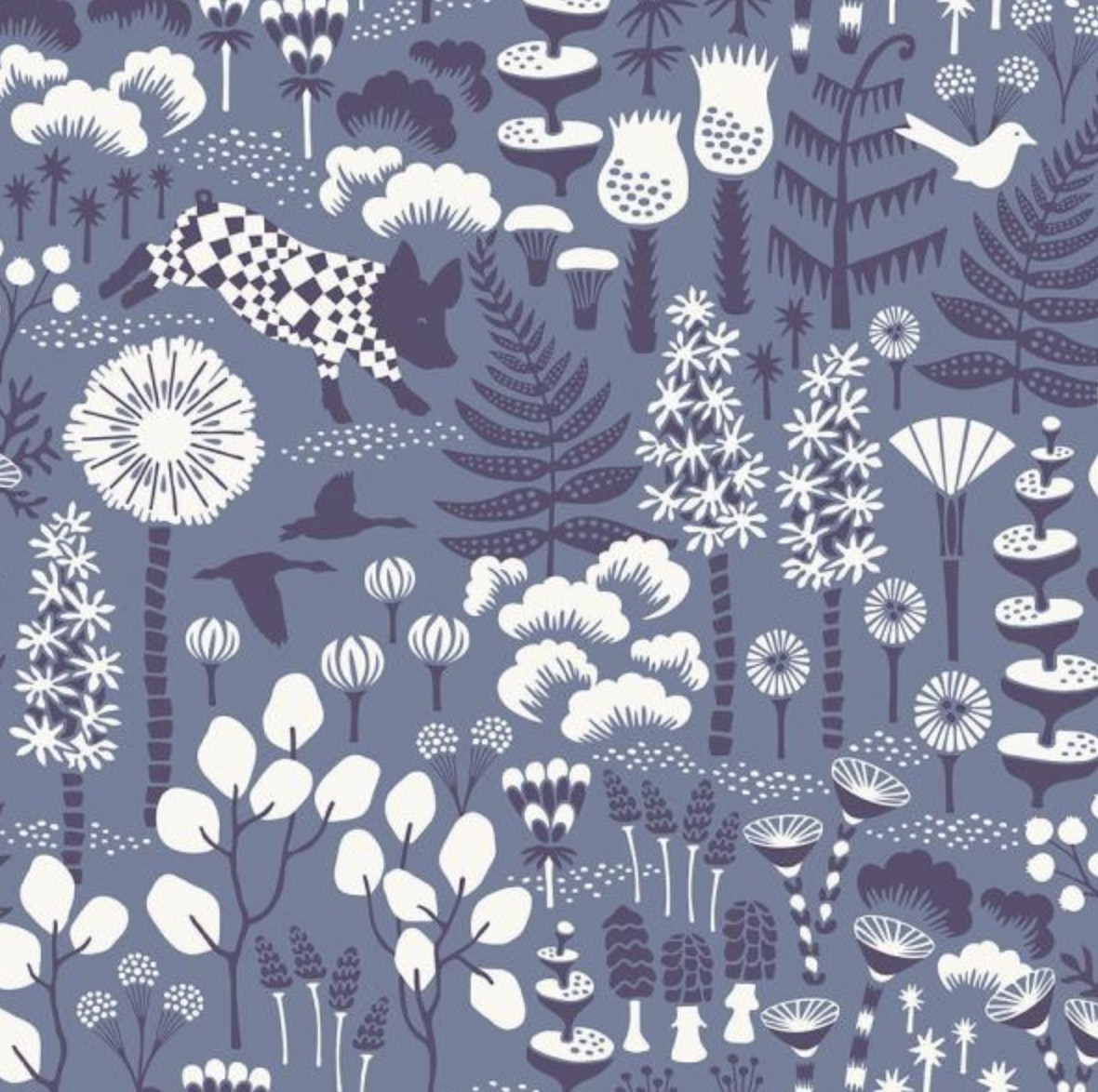

































 Thanks for letting me help with your barn wood fireplace makeover, Kate!
Thanks for letting me help with your barn wood fireplace makeover, Kate!


 To paint my cabinets, I used a chalk-type paint from Amy Howard at Home. I love this paint because it eliminates the need for sanding or priming. There is no prep work! Here’s what is needed:
To paint my cabinets, I used a chalk-type paint from Amy Howard at Home. I love this paint because it eliminates the need for sanding or priming. There is no prep work! Here’s what is needed:

 Now it is time to paint!
Now it is time to paint! Begin with a brush to get all the areas the foam roller will not reach.
Begin with a brush to get all the areas the foam roller will not reach. After the hard-to-reach areas are done, add a coat of paint to everything with the foam roller.
After the hard-to-reach areas are done, add a coat of paint to everything with the foam roller. Once the first coat of paint is dry, give everything a second coat.
Once the first coat of paint is dry, give everything a second coat.

























































